January 2023: The birds and the bees
I started 2023 with the goal of one photo post a month. But I’ve already discovered my favourite photos for January won’t fit in a single post. So today can be some of my favourite photos of the birds and the bees I’ve seen (and perhaps the odd butterfly).
I realise that perhaps this should have been posted on Valentine’s Day. But the post is definitely safe for work - well, to the extent sharp beaks and stingers are safe for work, anyway.
A battery of birds
It turns out over a month I see quite a variety of birds, in different colours and sizes, and with different calls. To me, it’s one of the nice parts of going out walking. Even if it means I stop walking and start listening and watching and trying to take pictures instead.
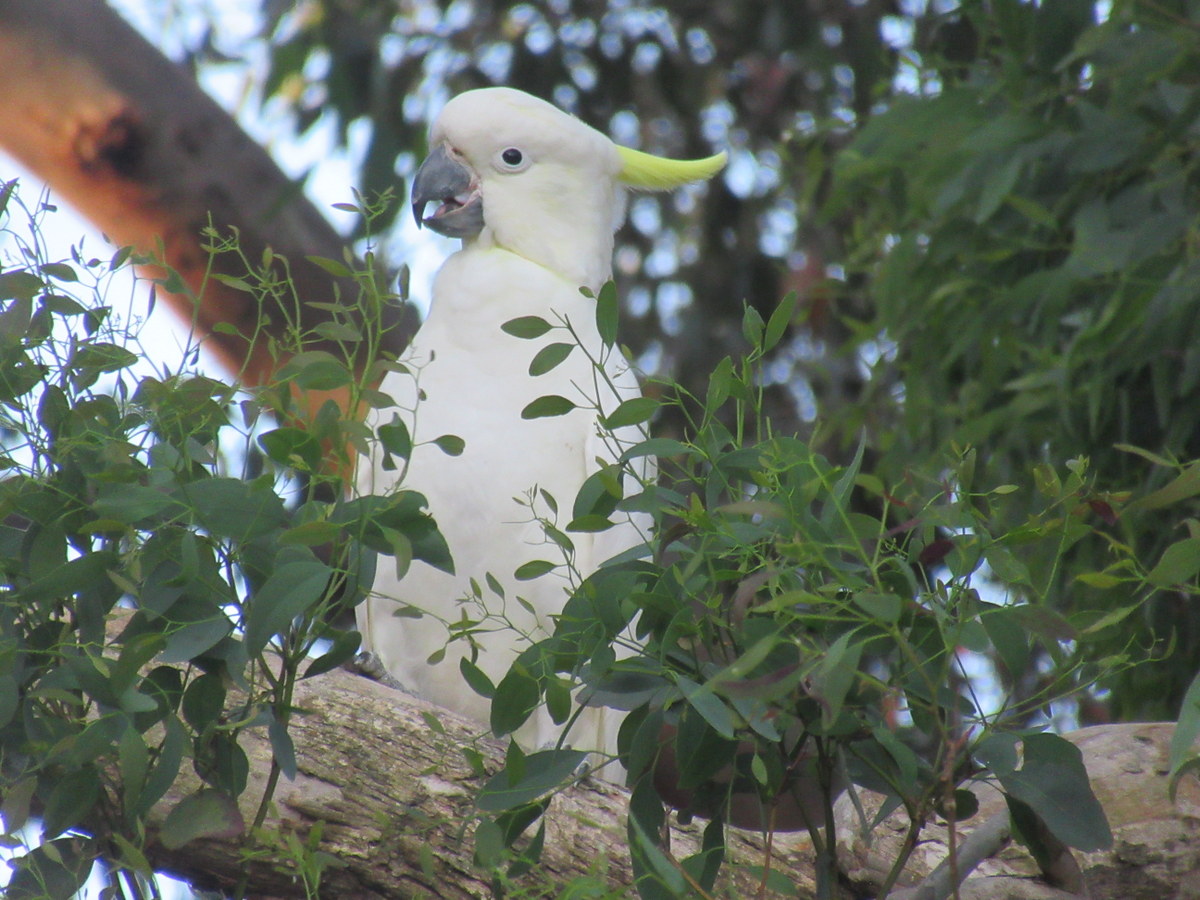

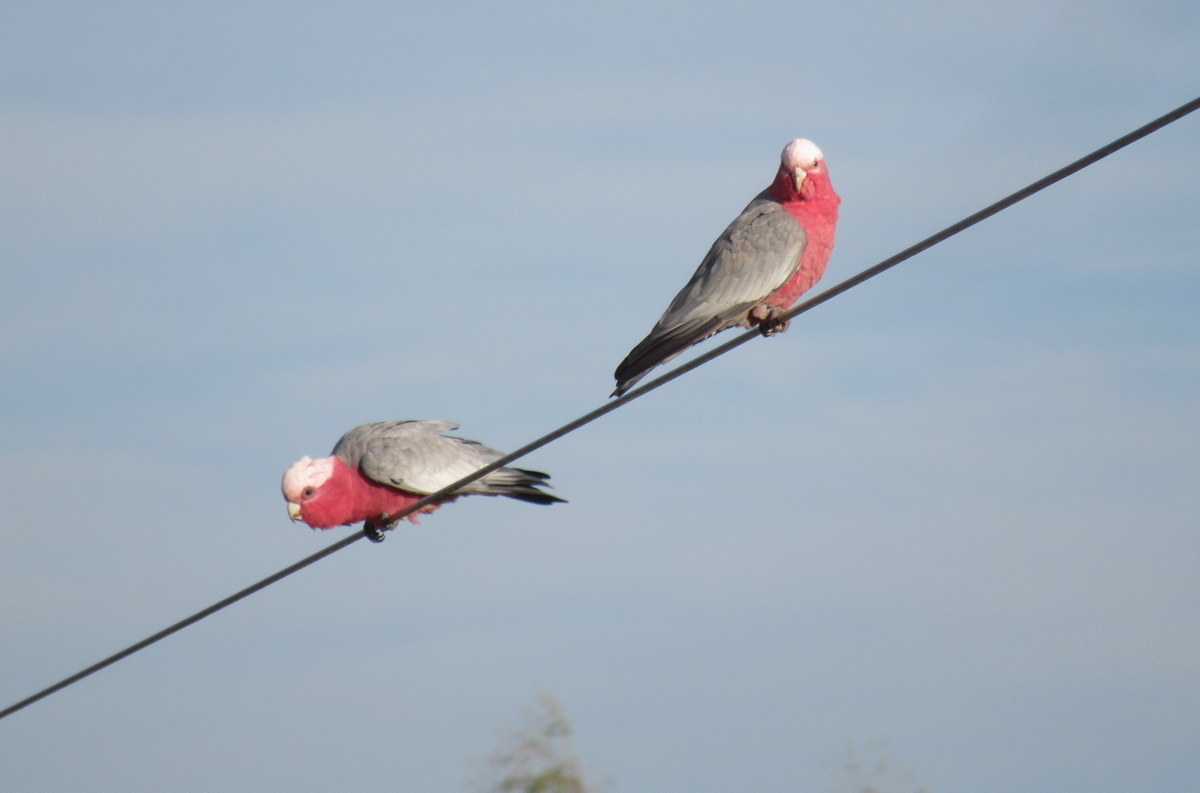
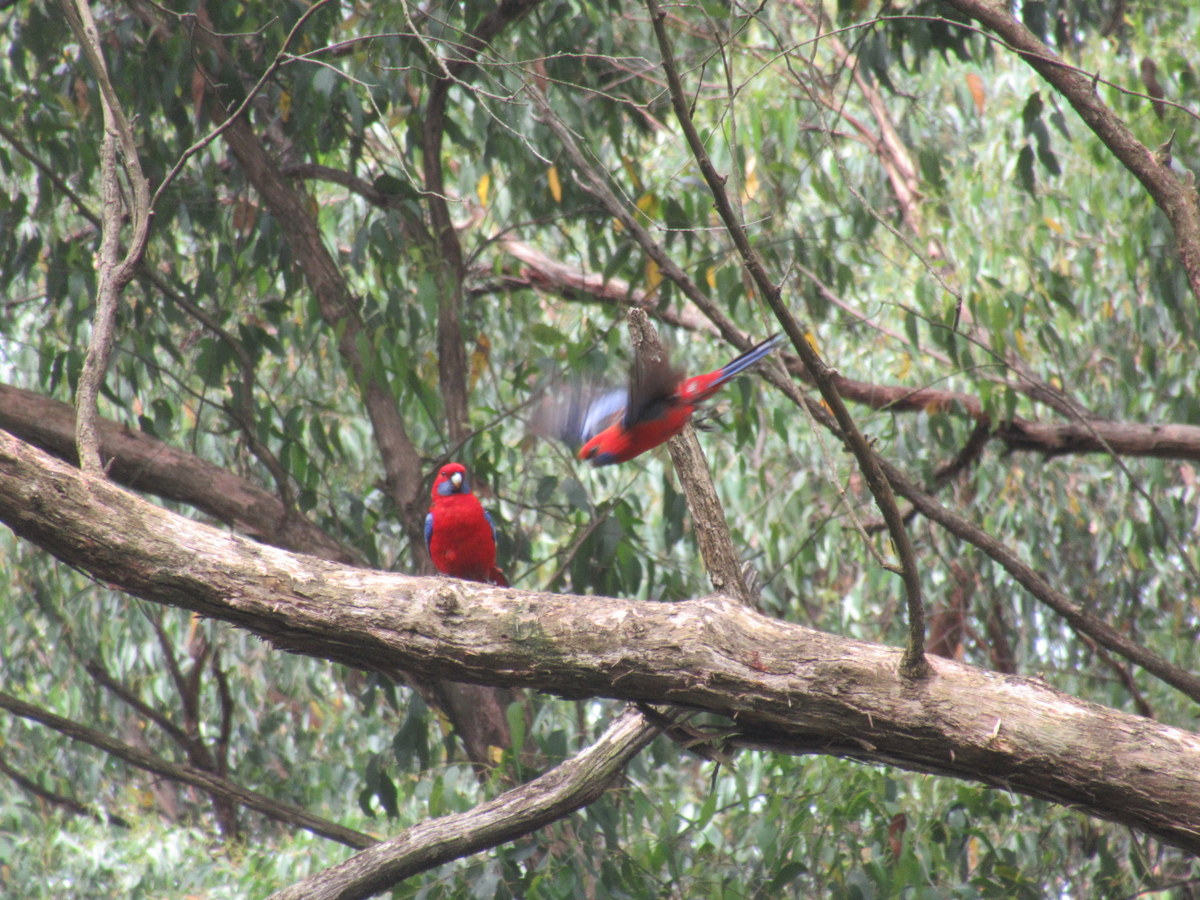
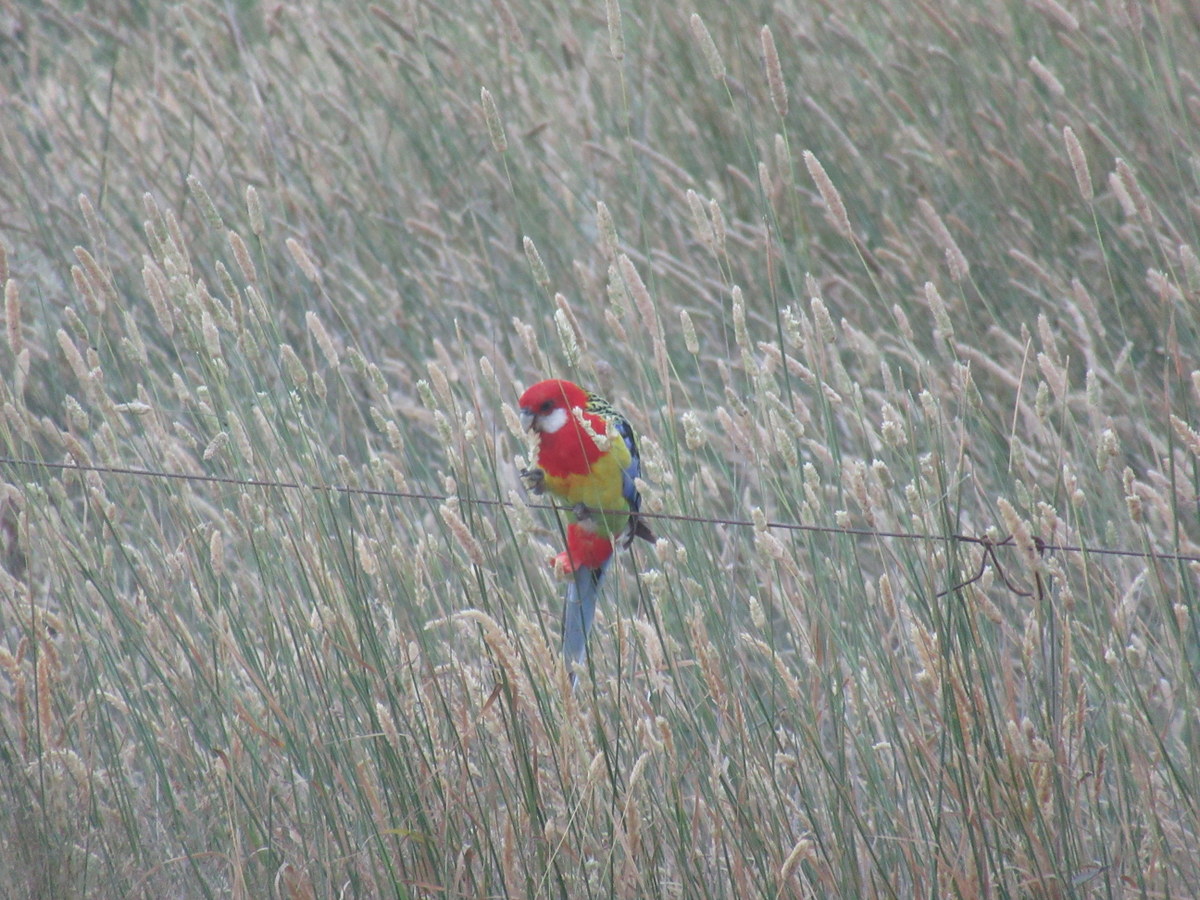
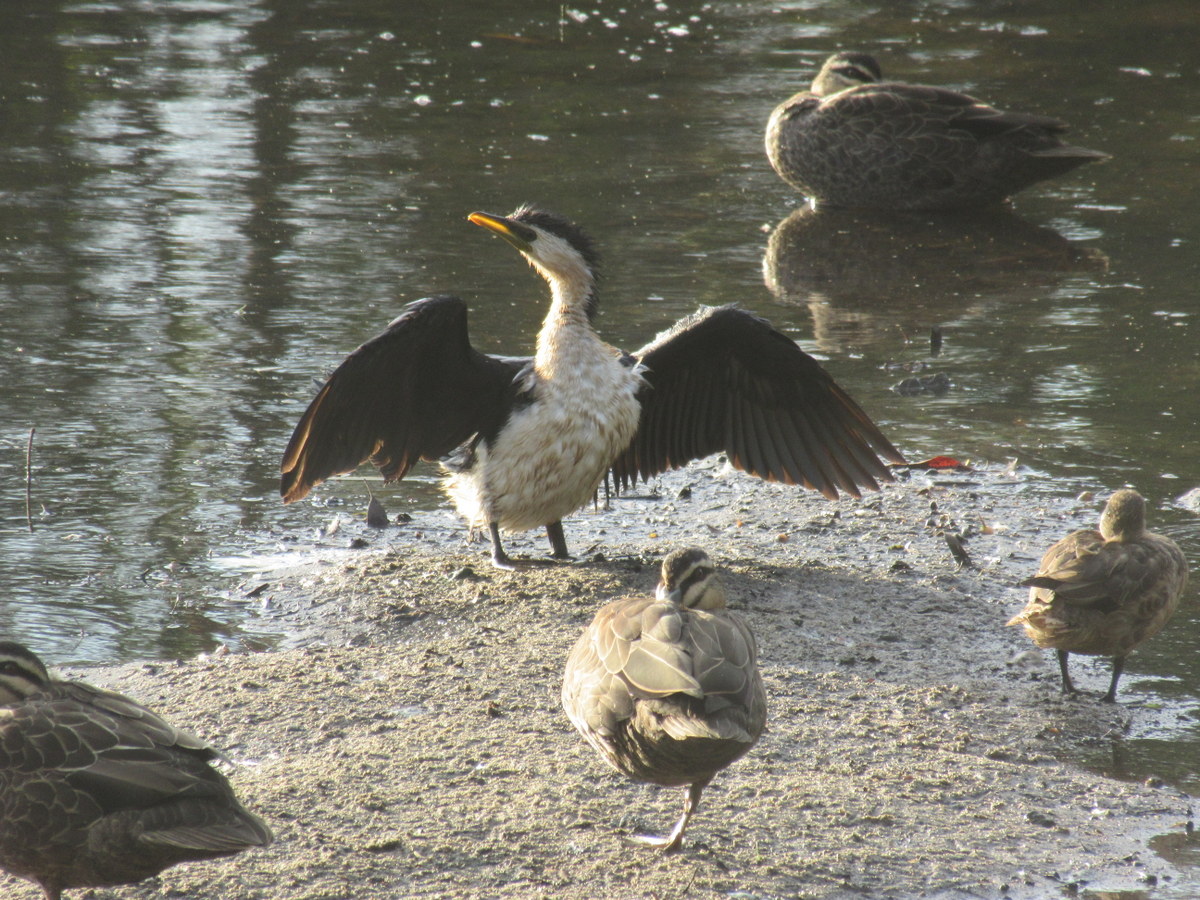
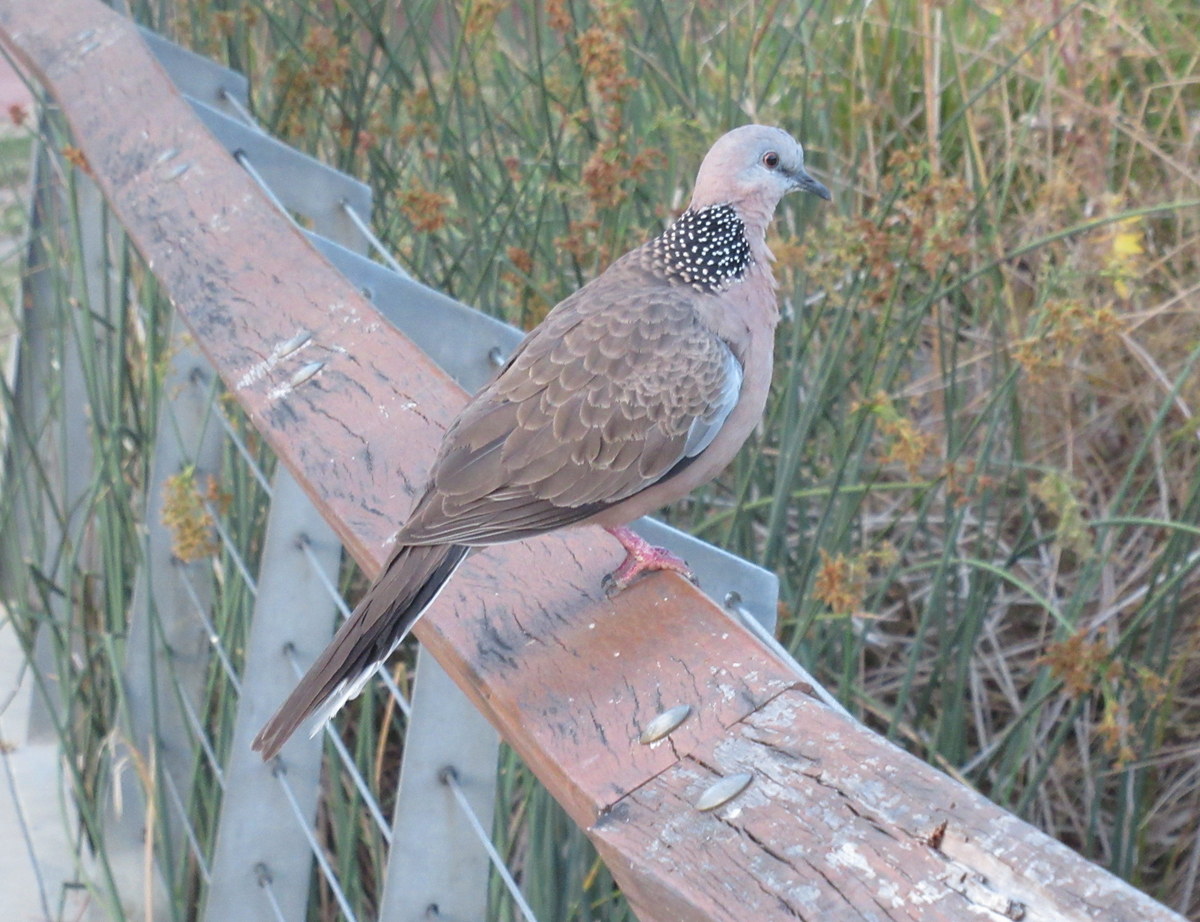
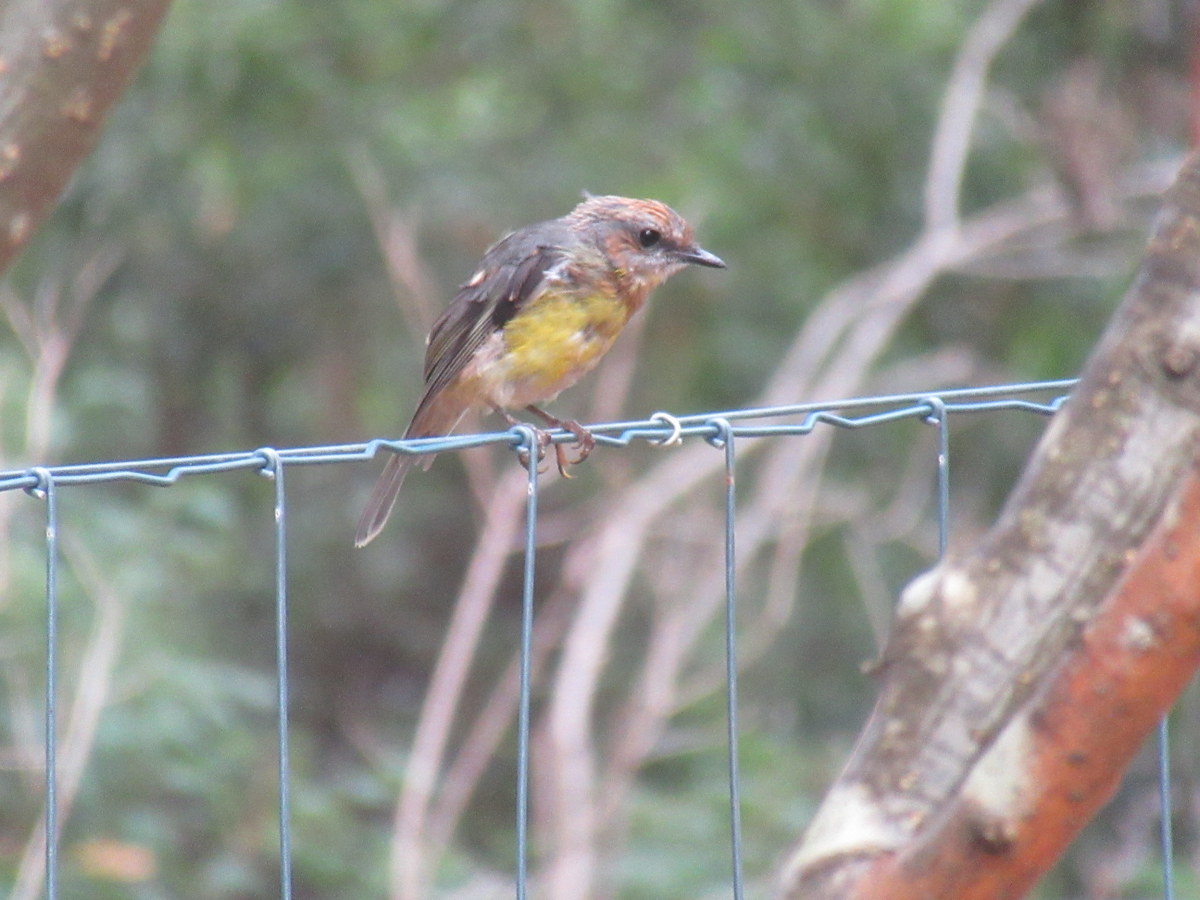
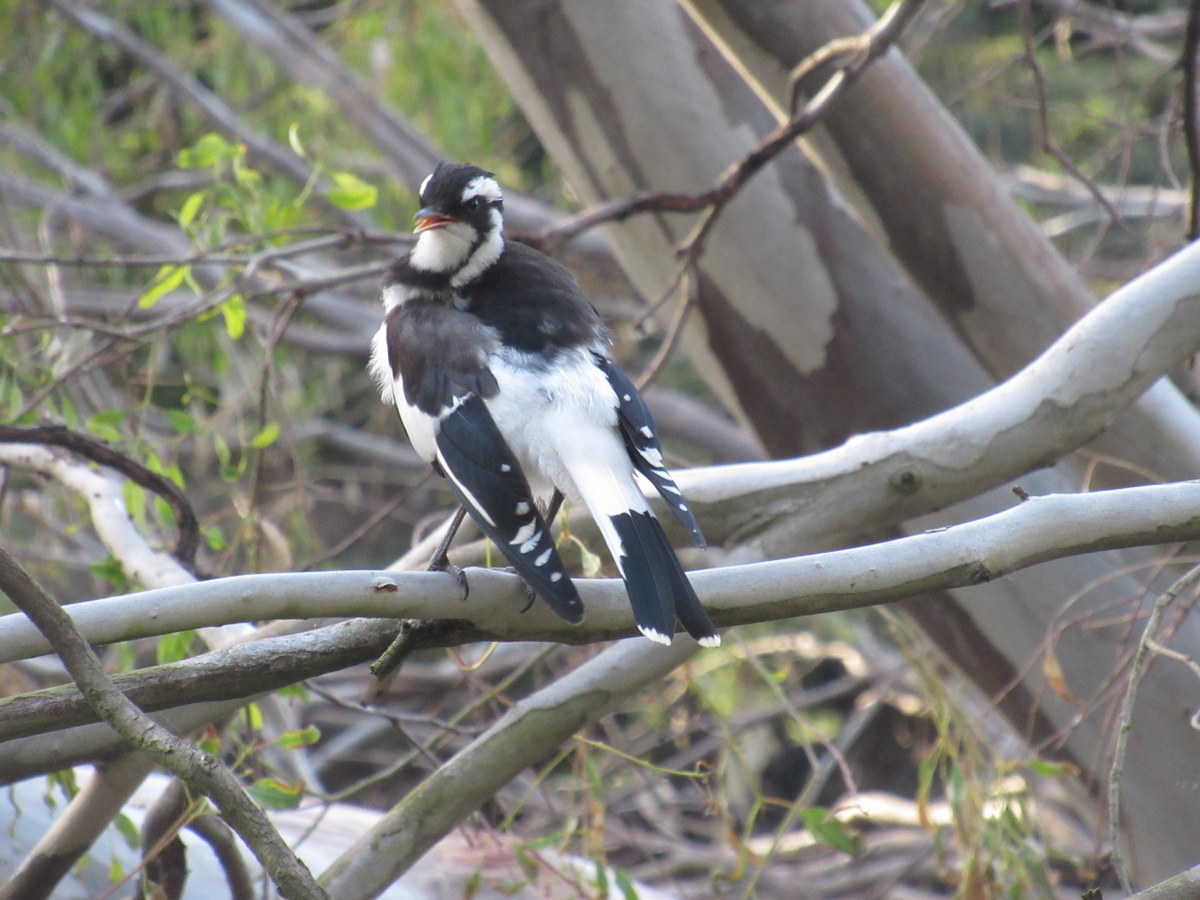
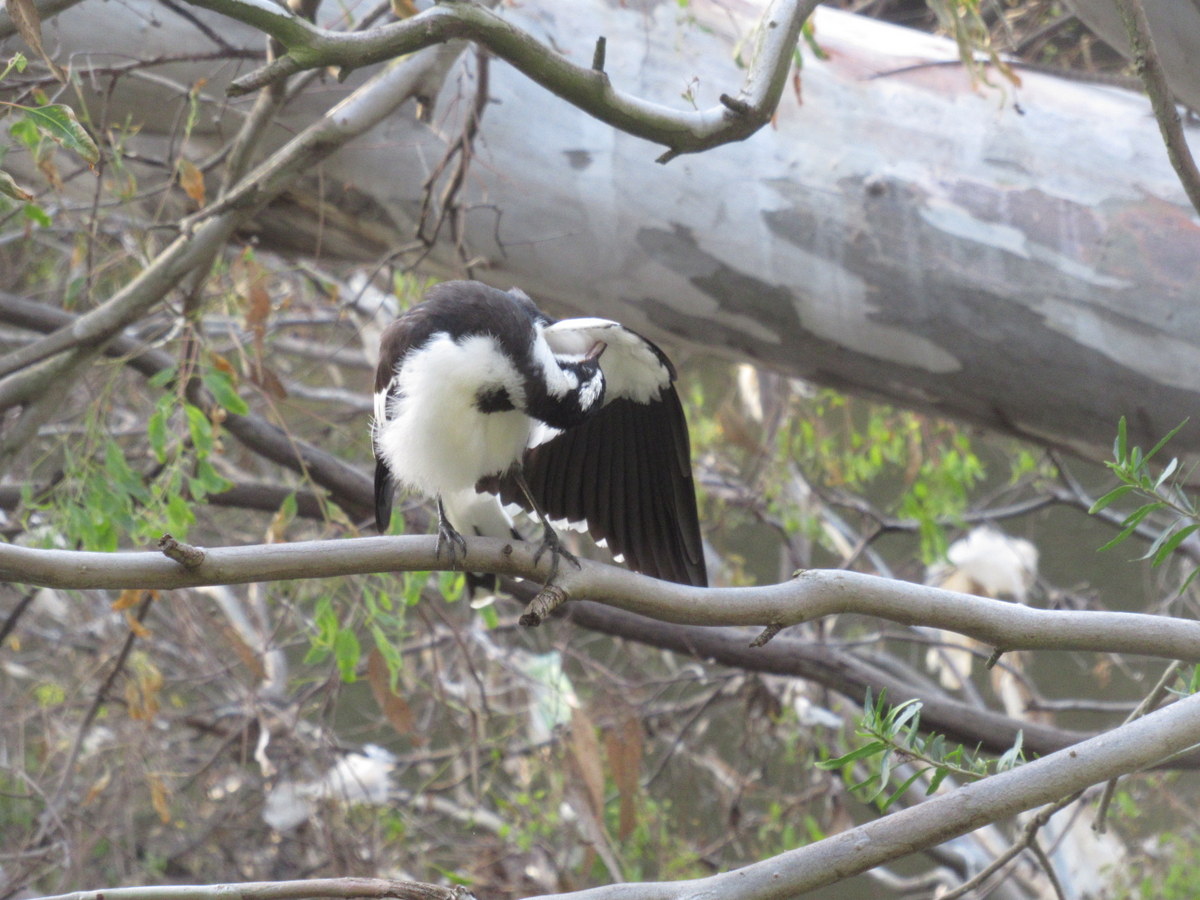
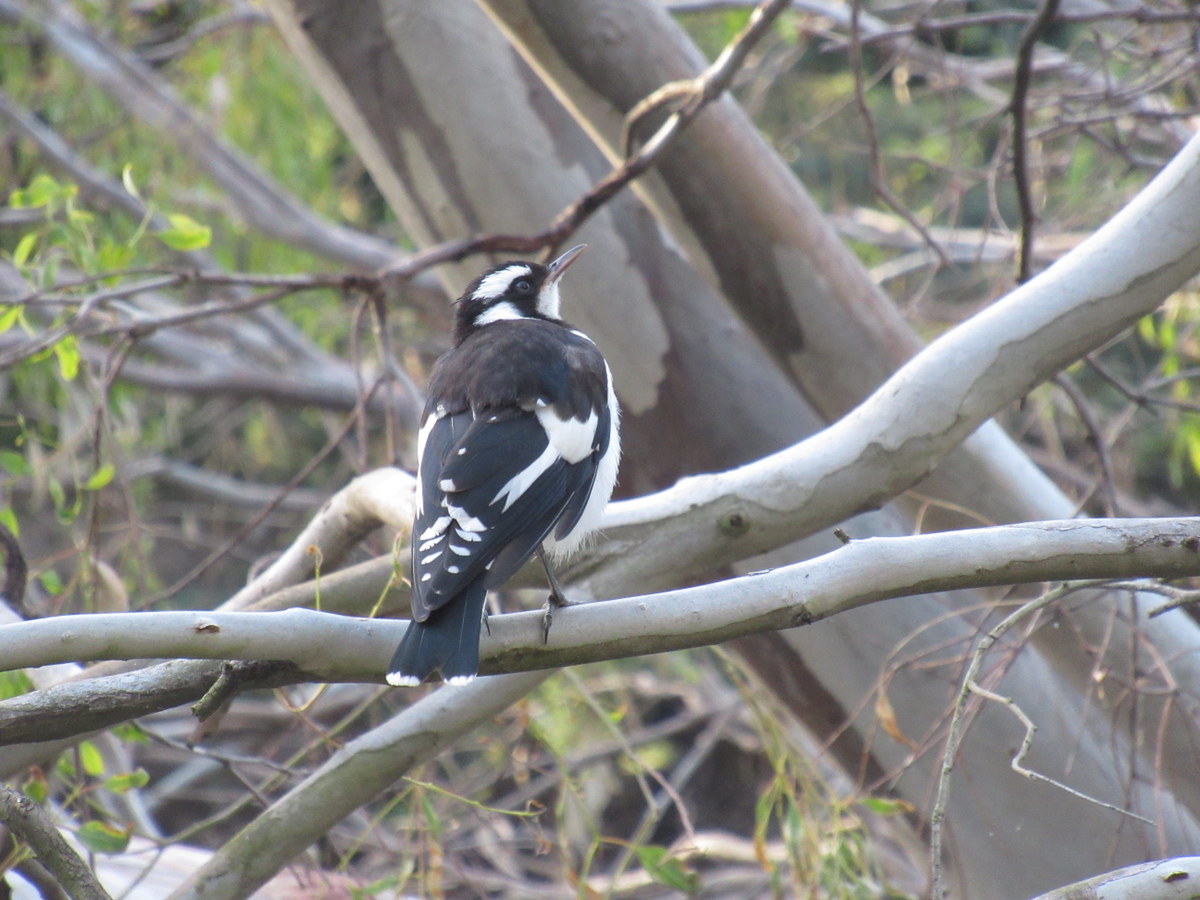
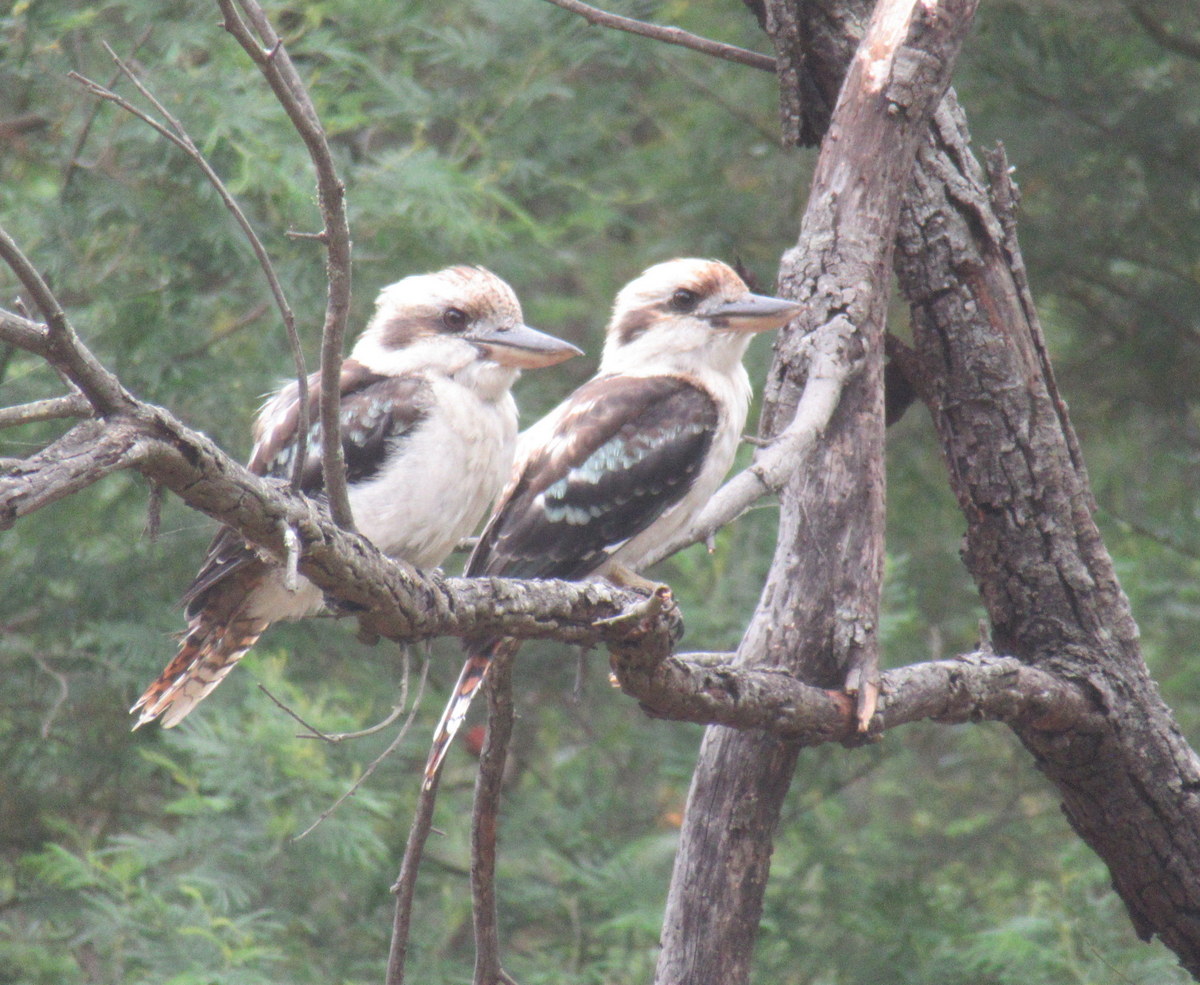
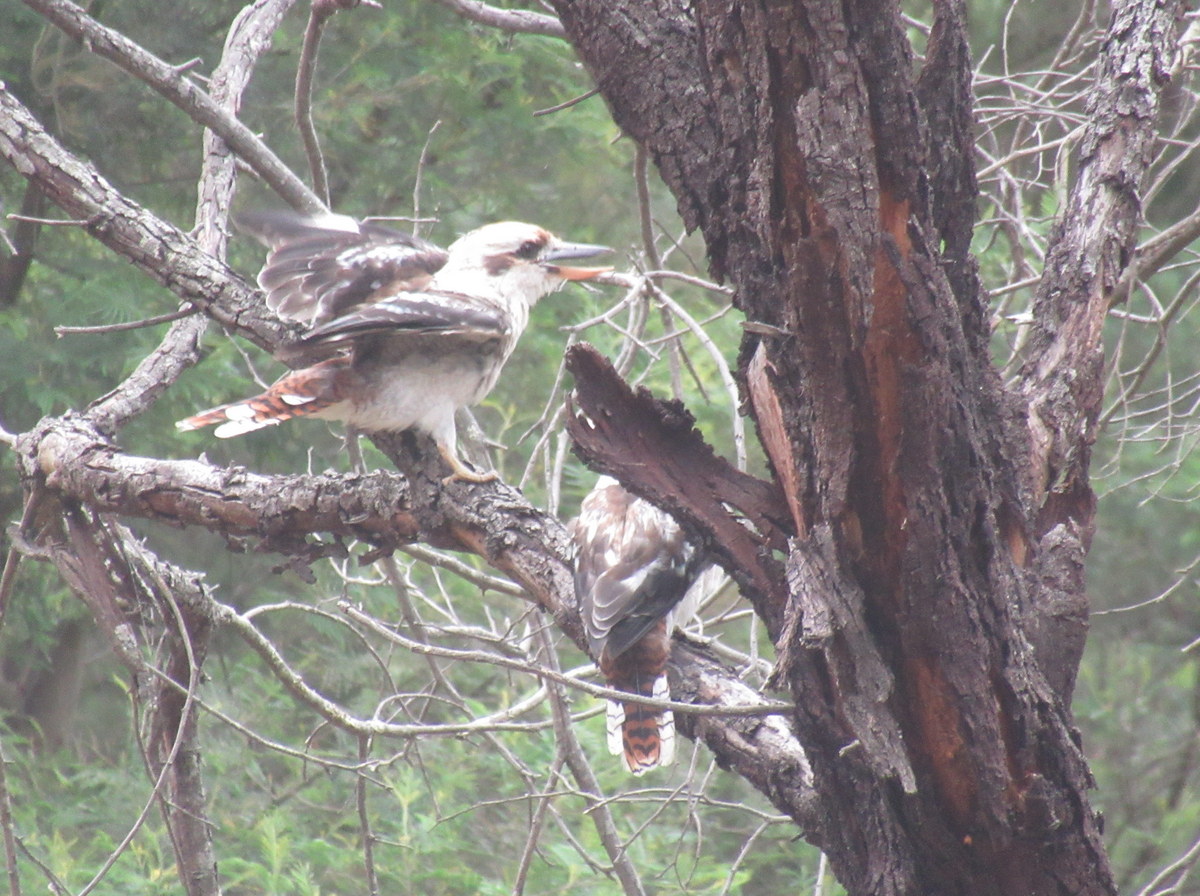
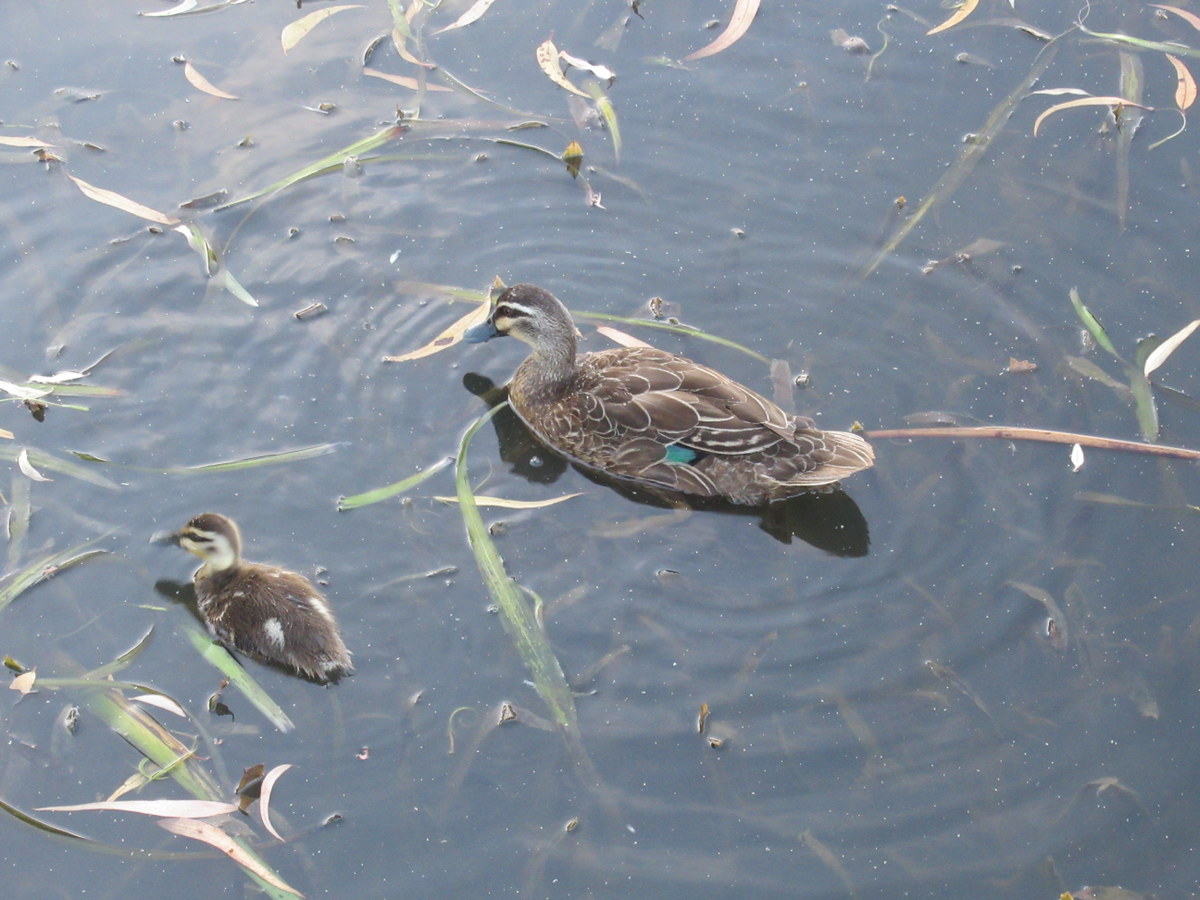
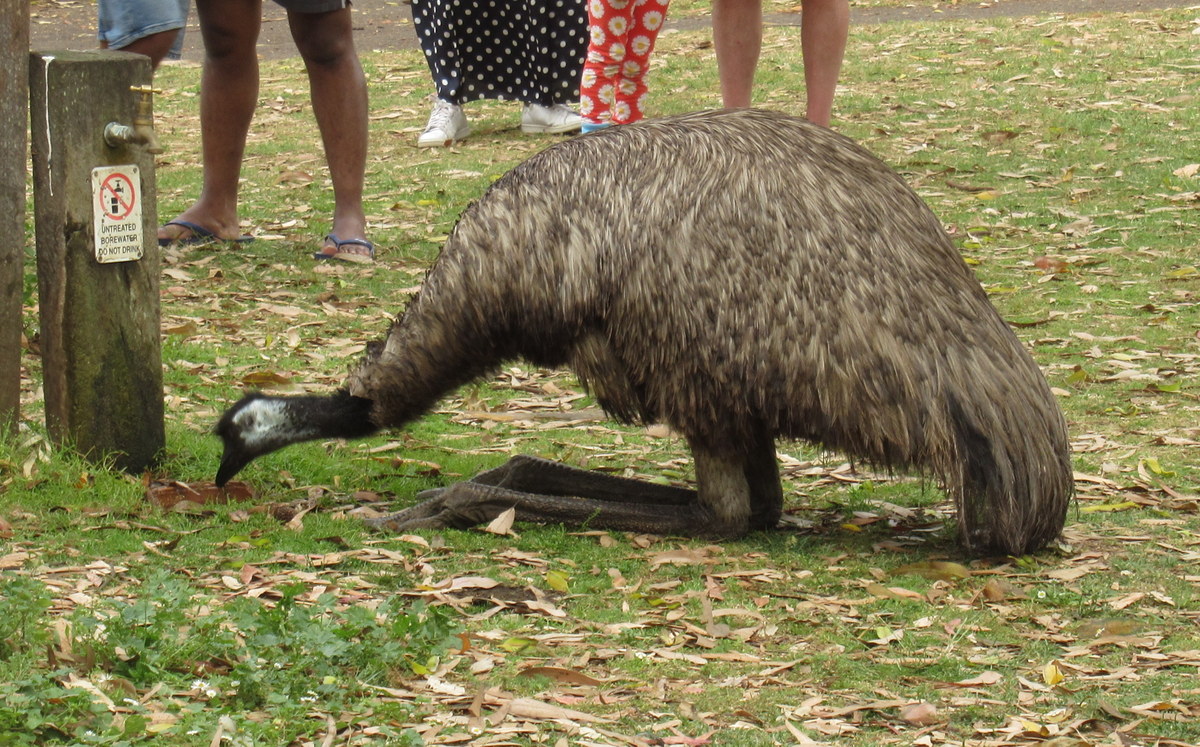
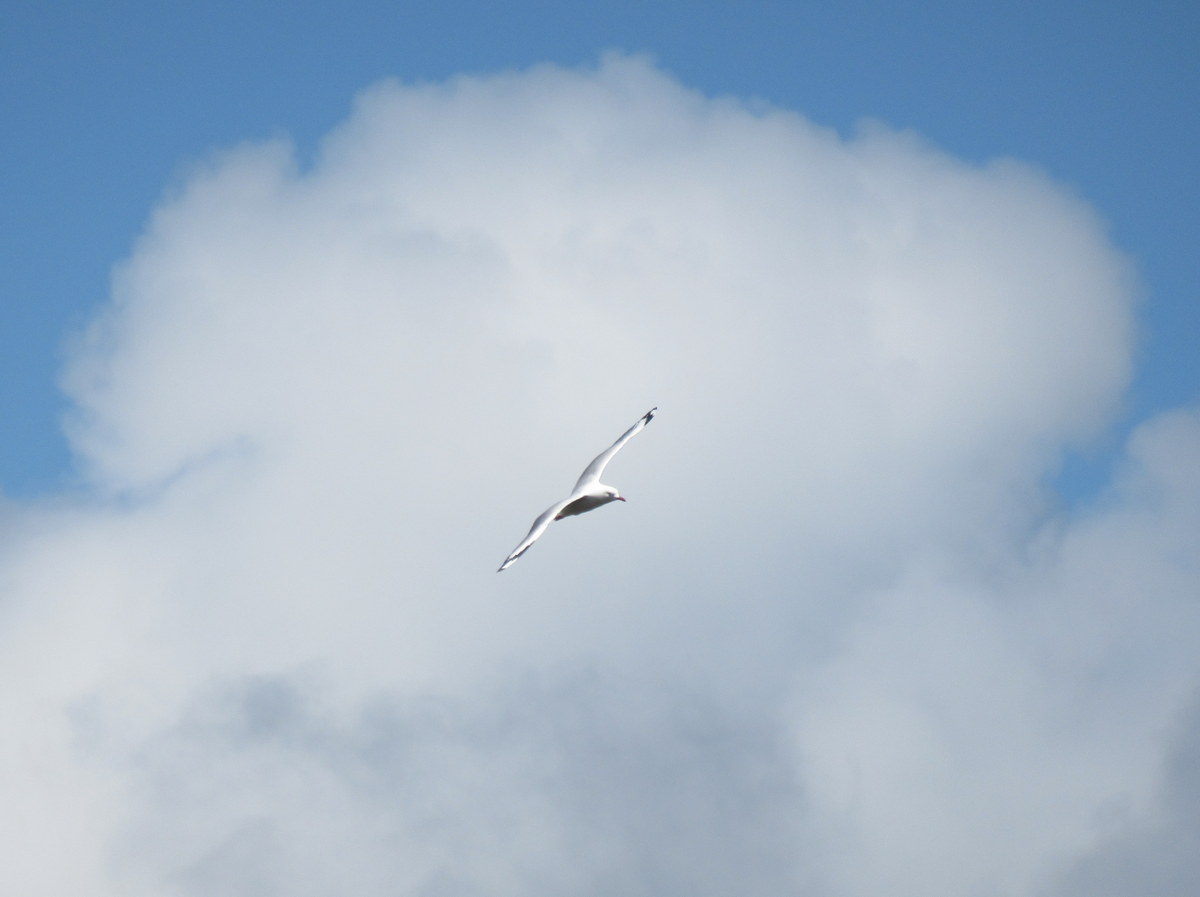
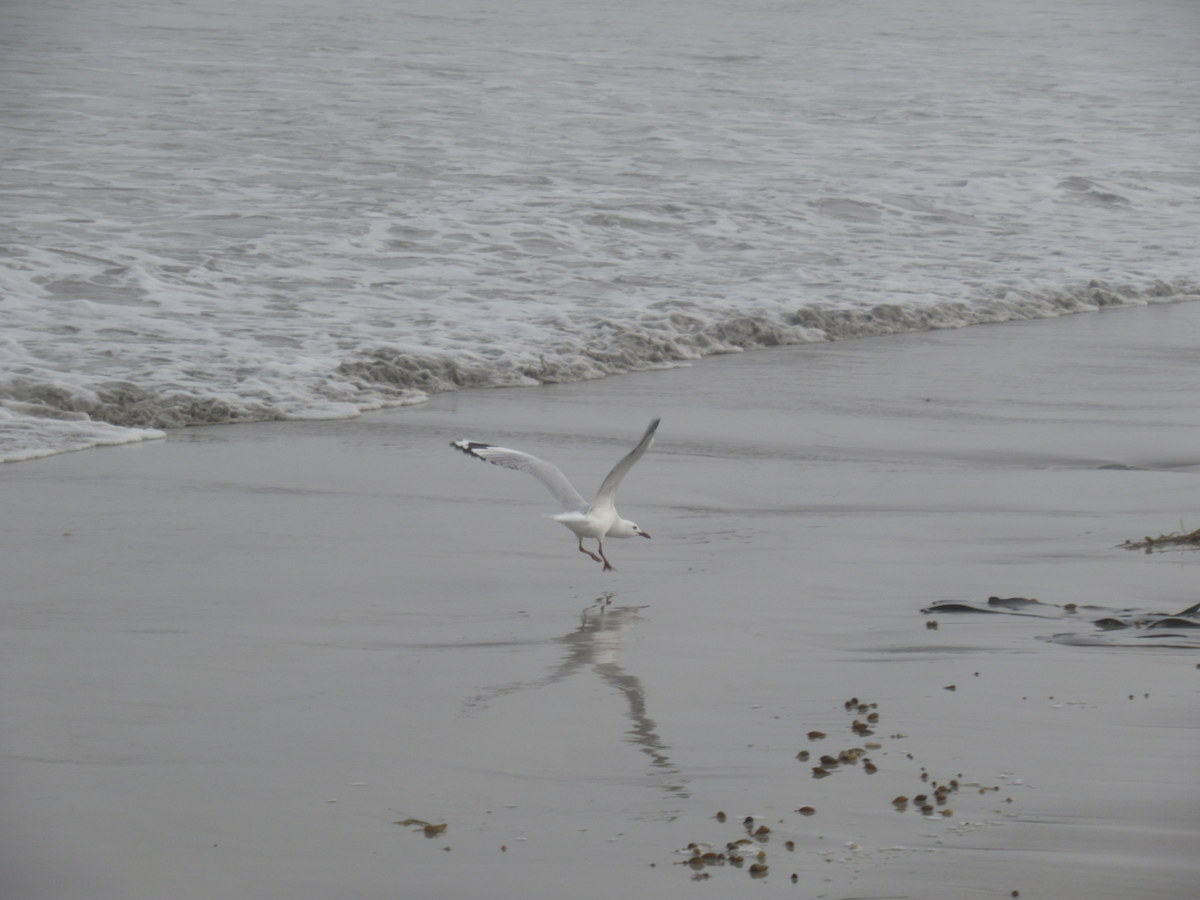
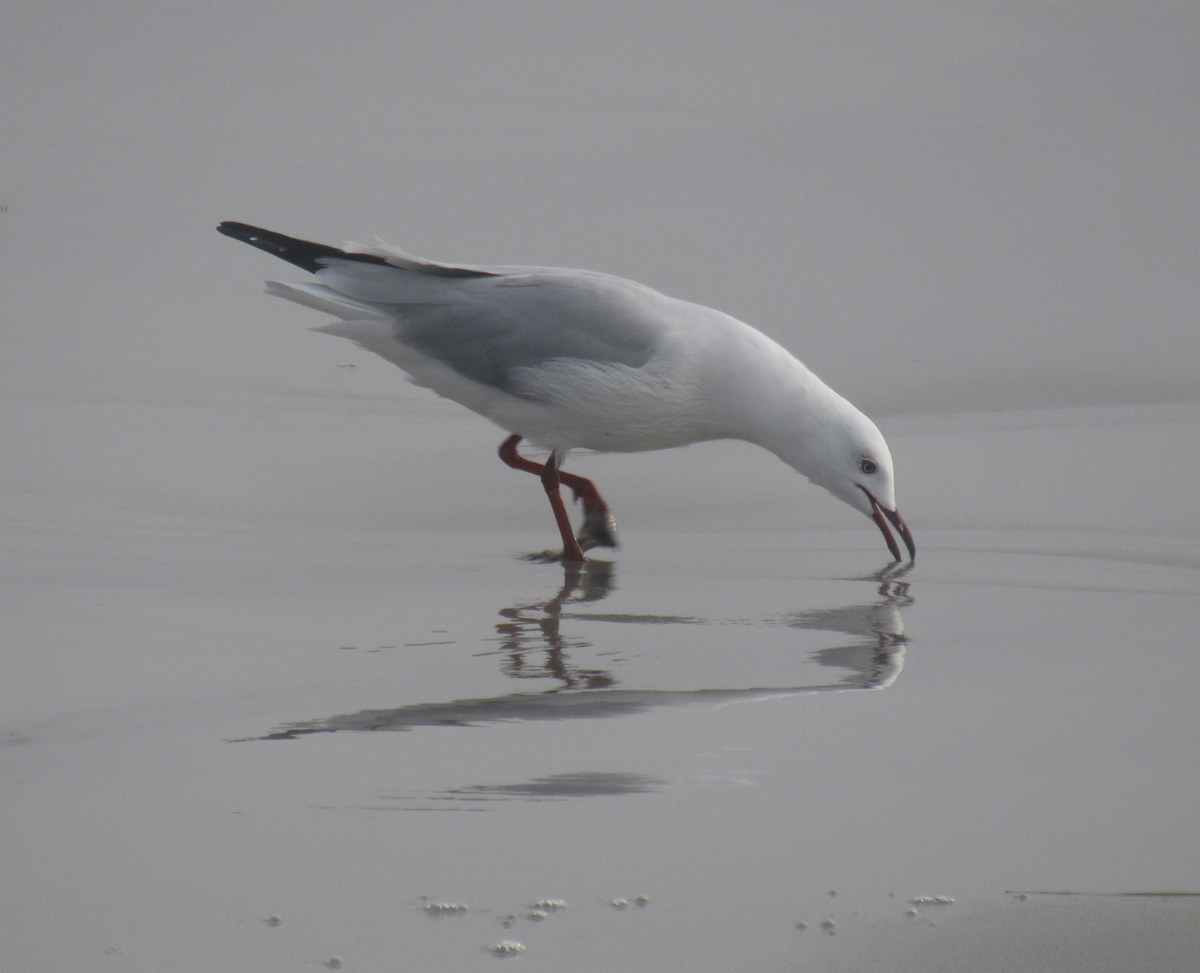
Bees on the job
In the past I’ve got a few pictures of bees on flowers, but in January it just seemed like I was finding bees everywhere, then stopping to watch and photograph. Including some in my own garden.
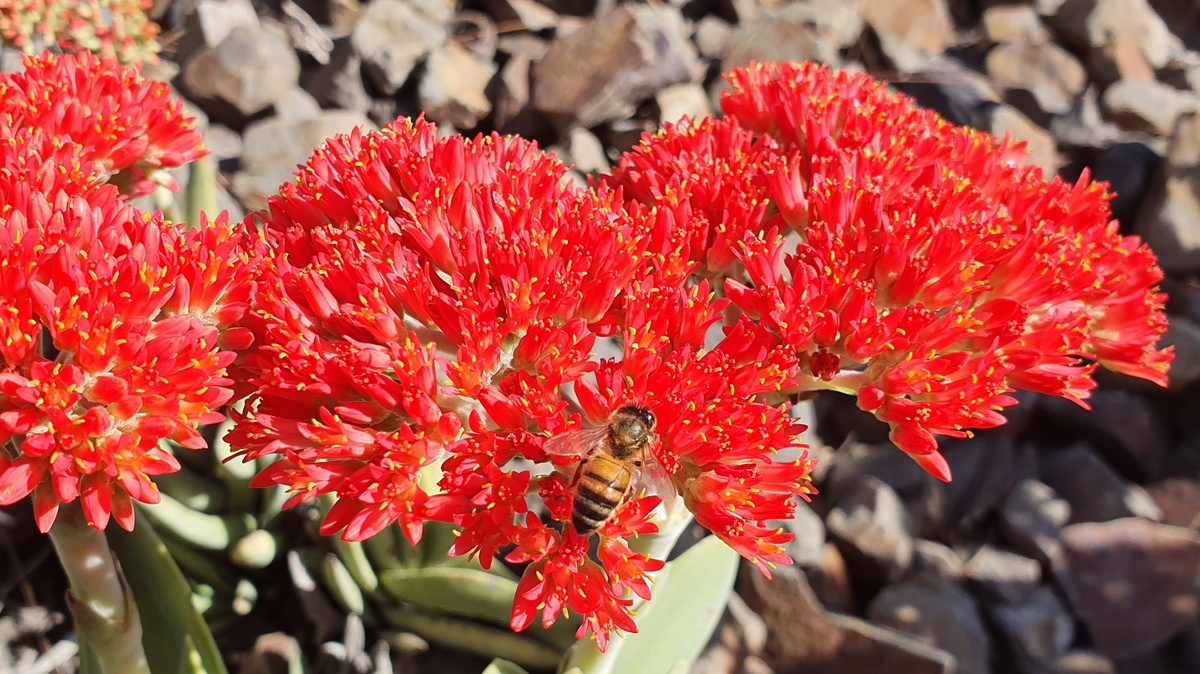
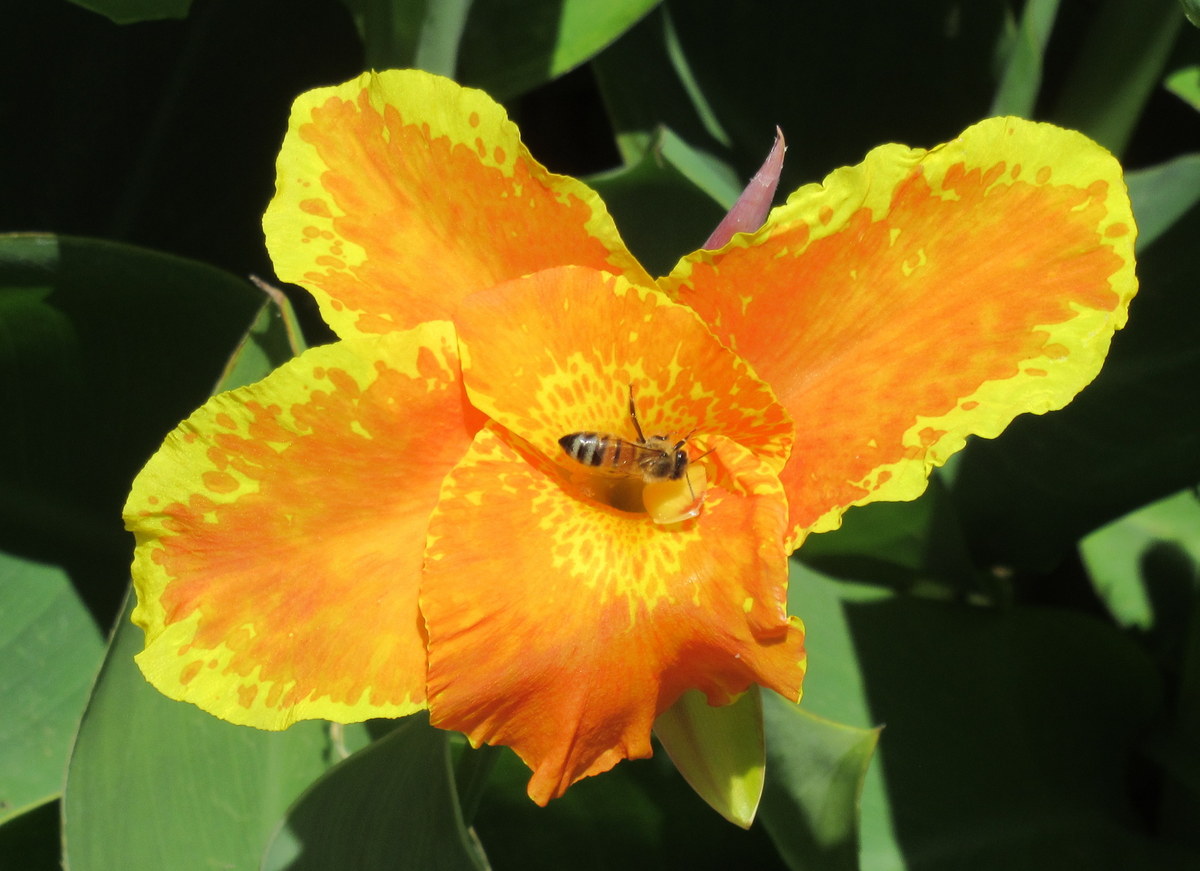
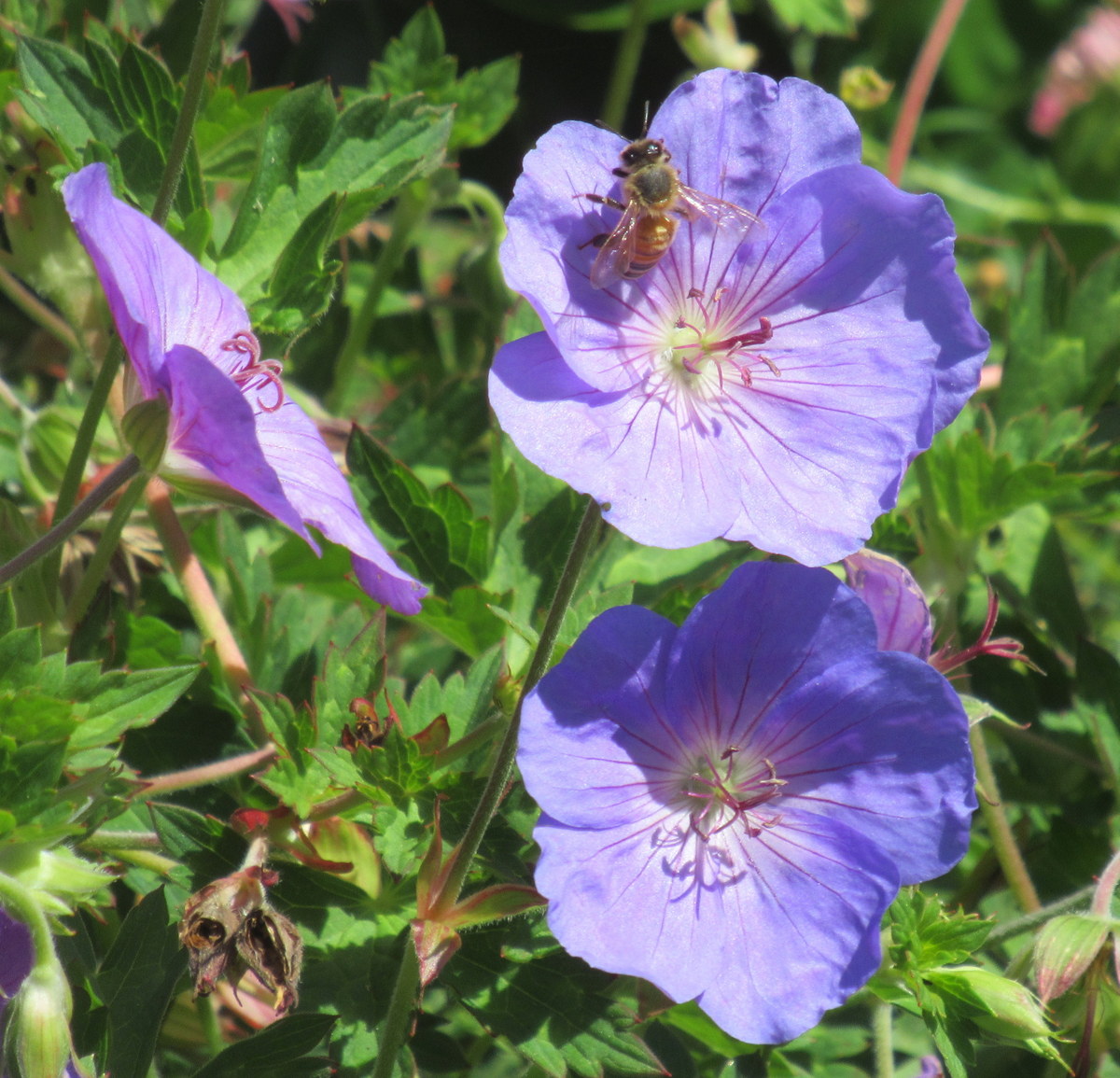
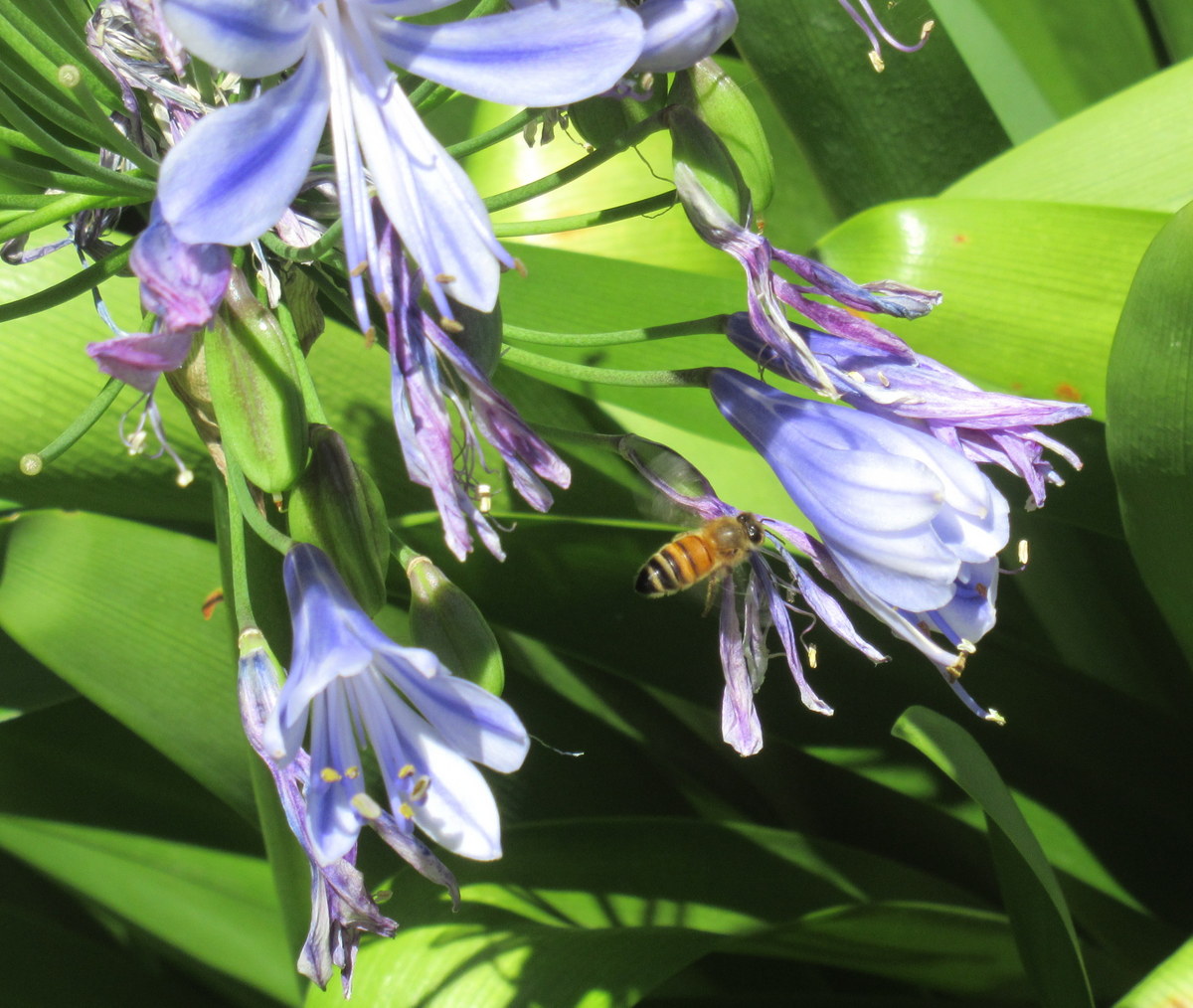
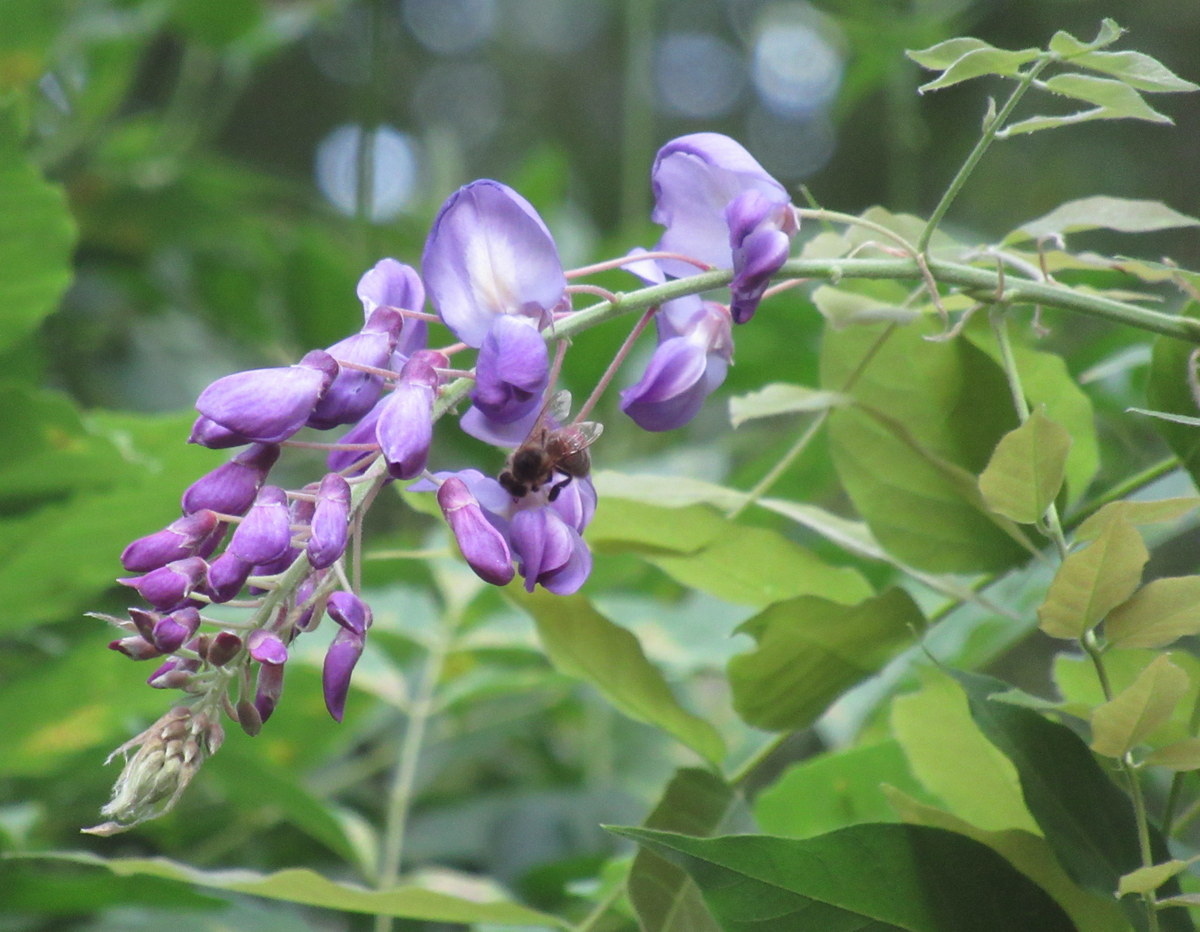
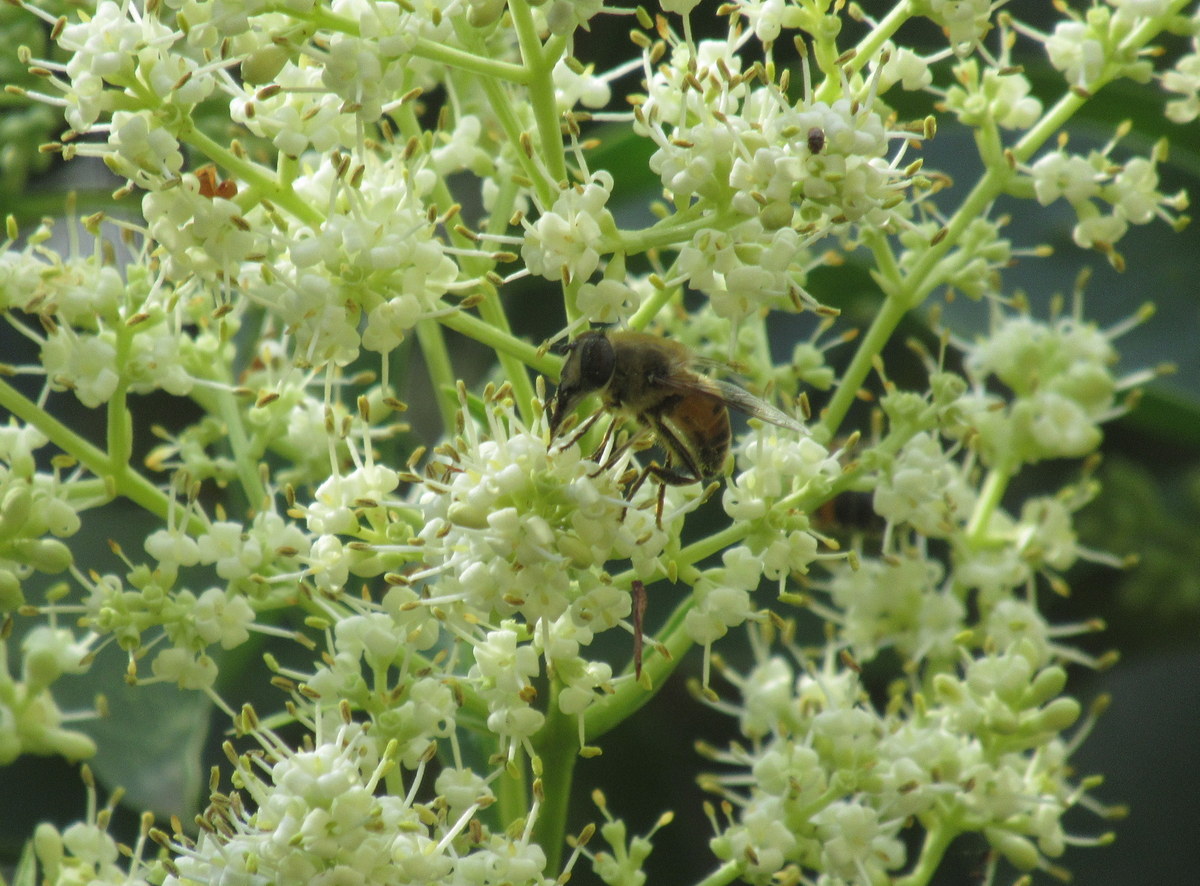
Some butterflies flutter by
Butterflies always add a little colour to the world (even if they’re white!)
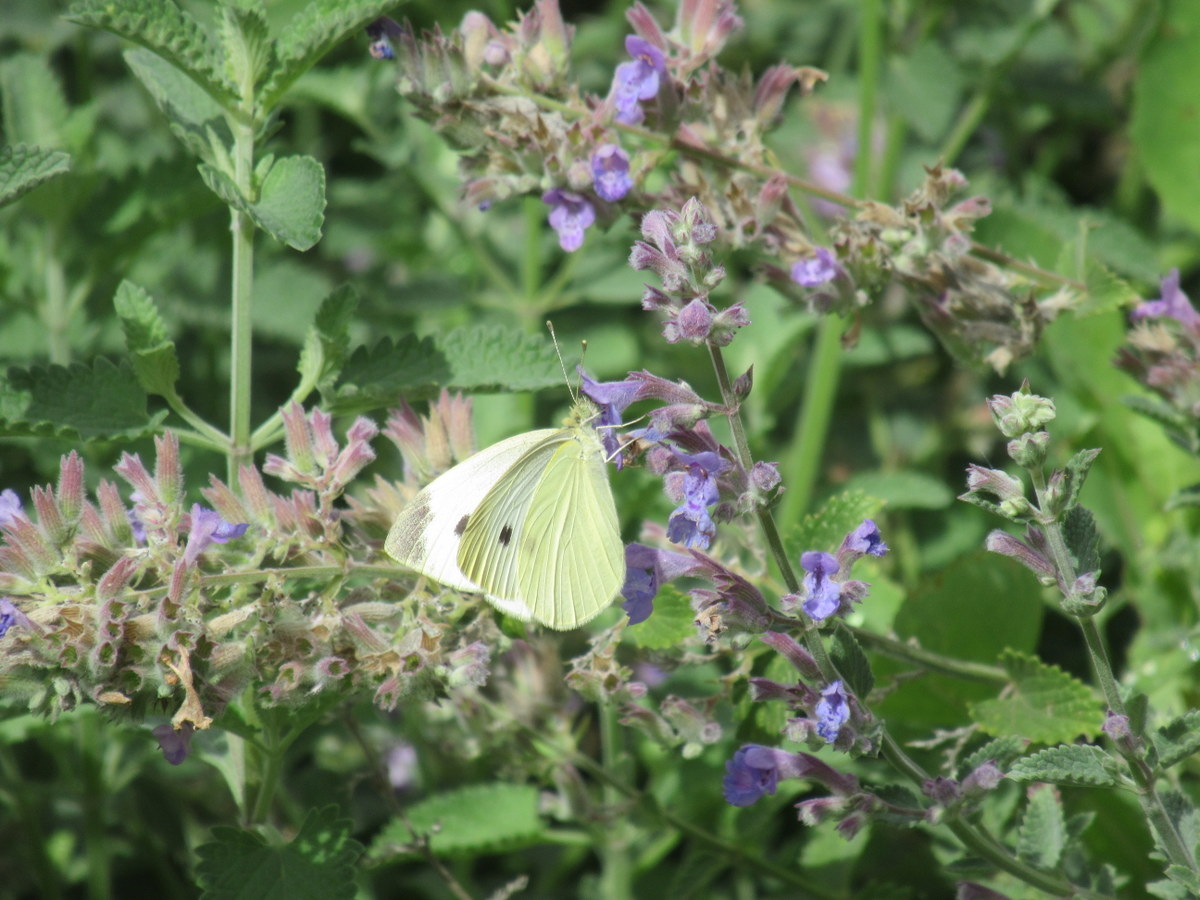
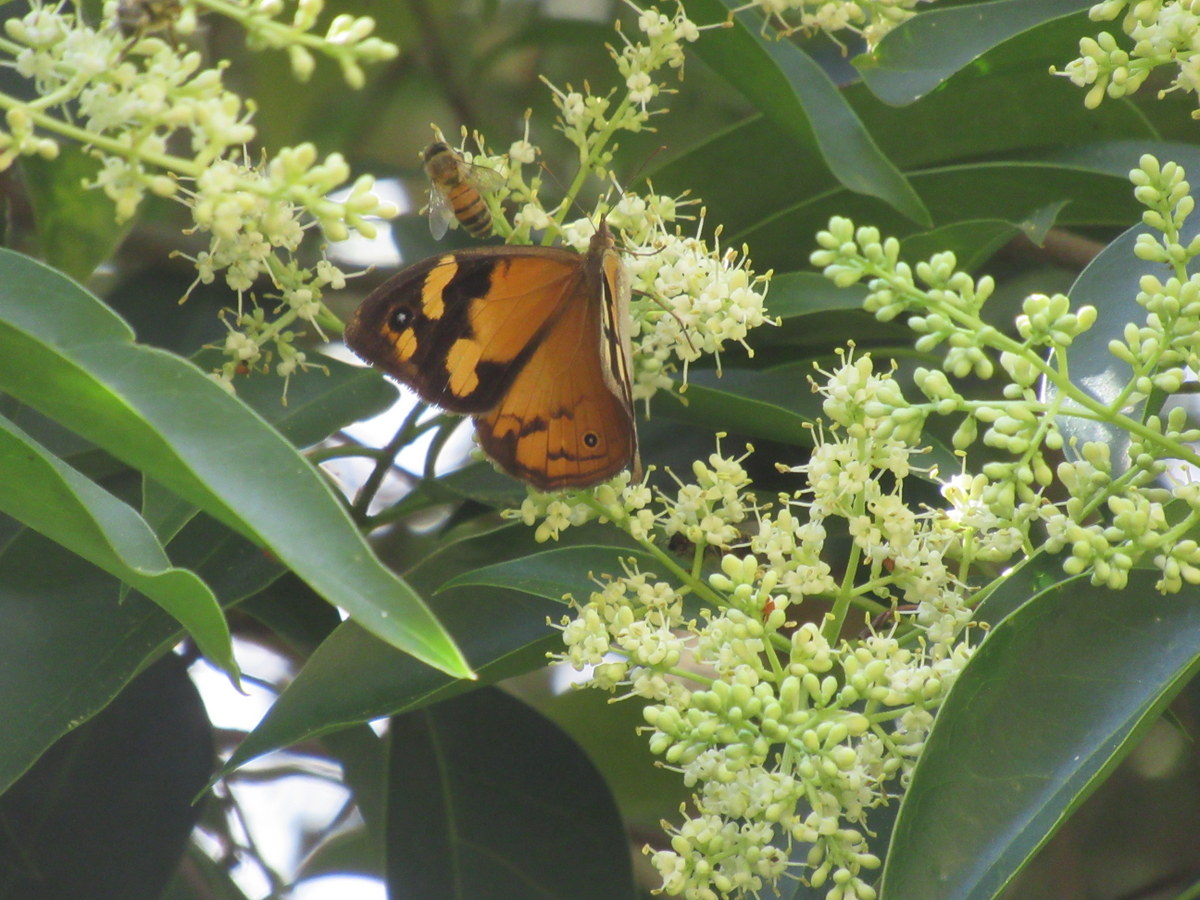
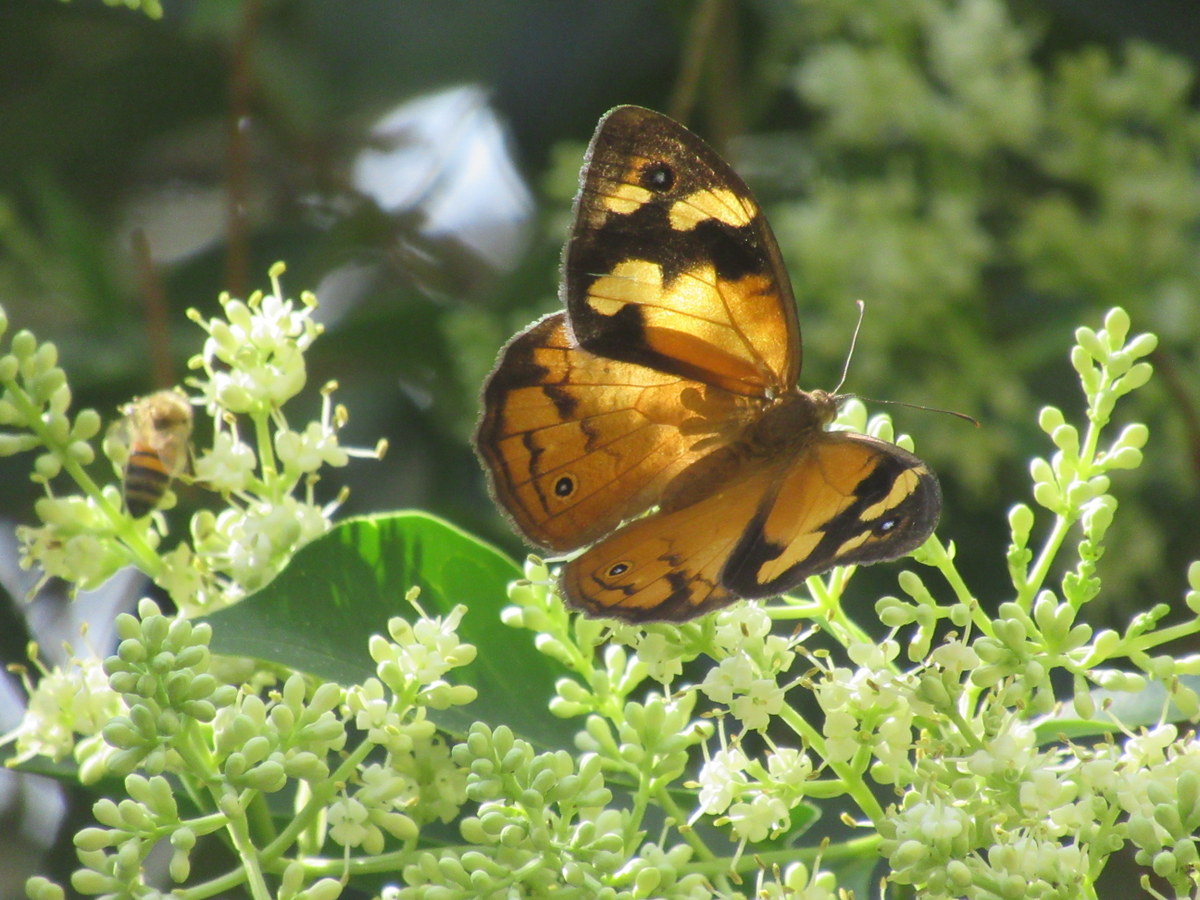
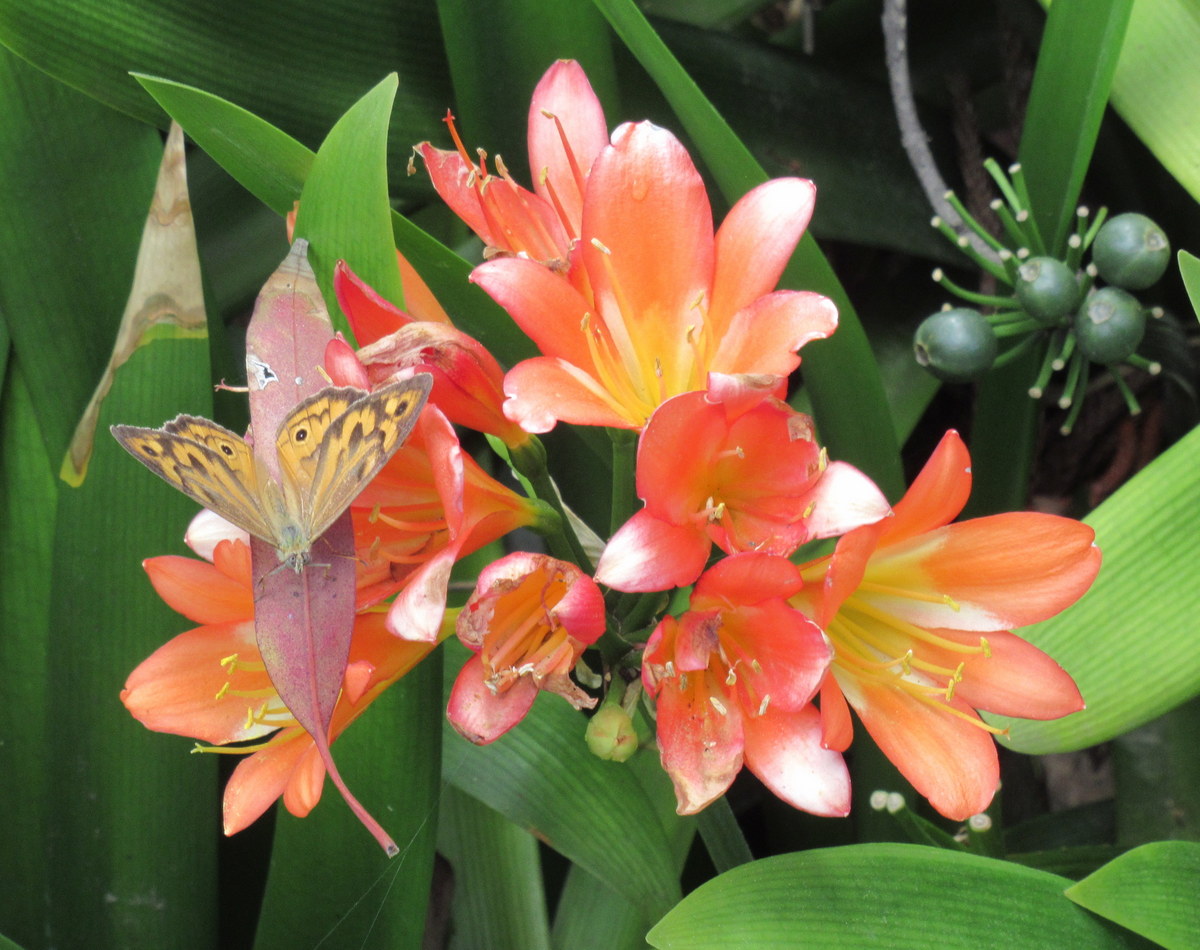
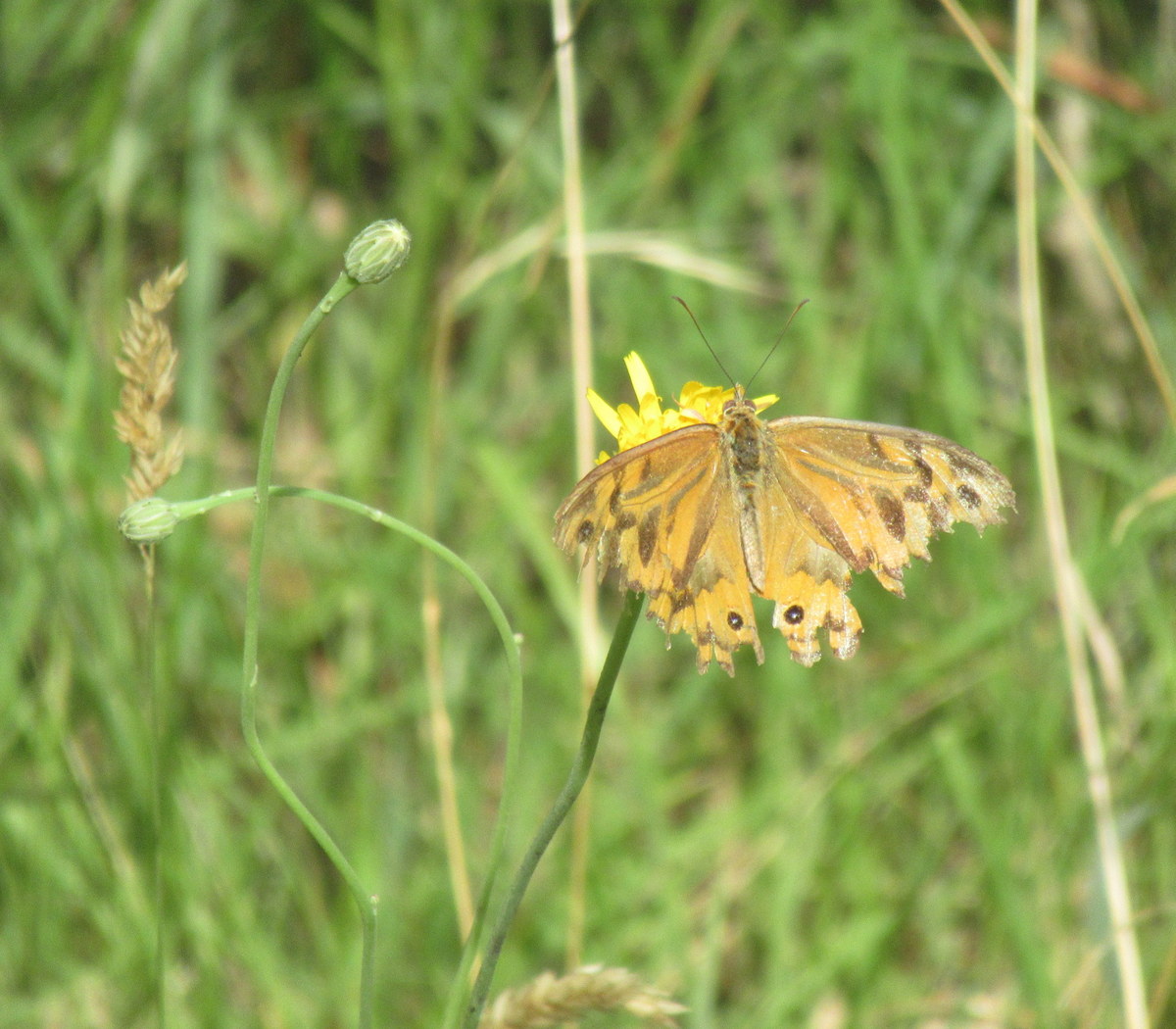
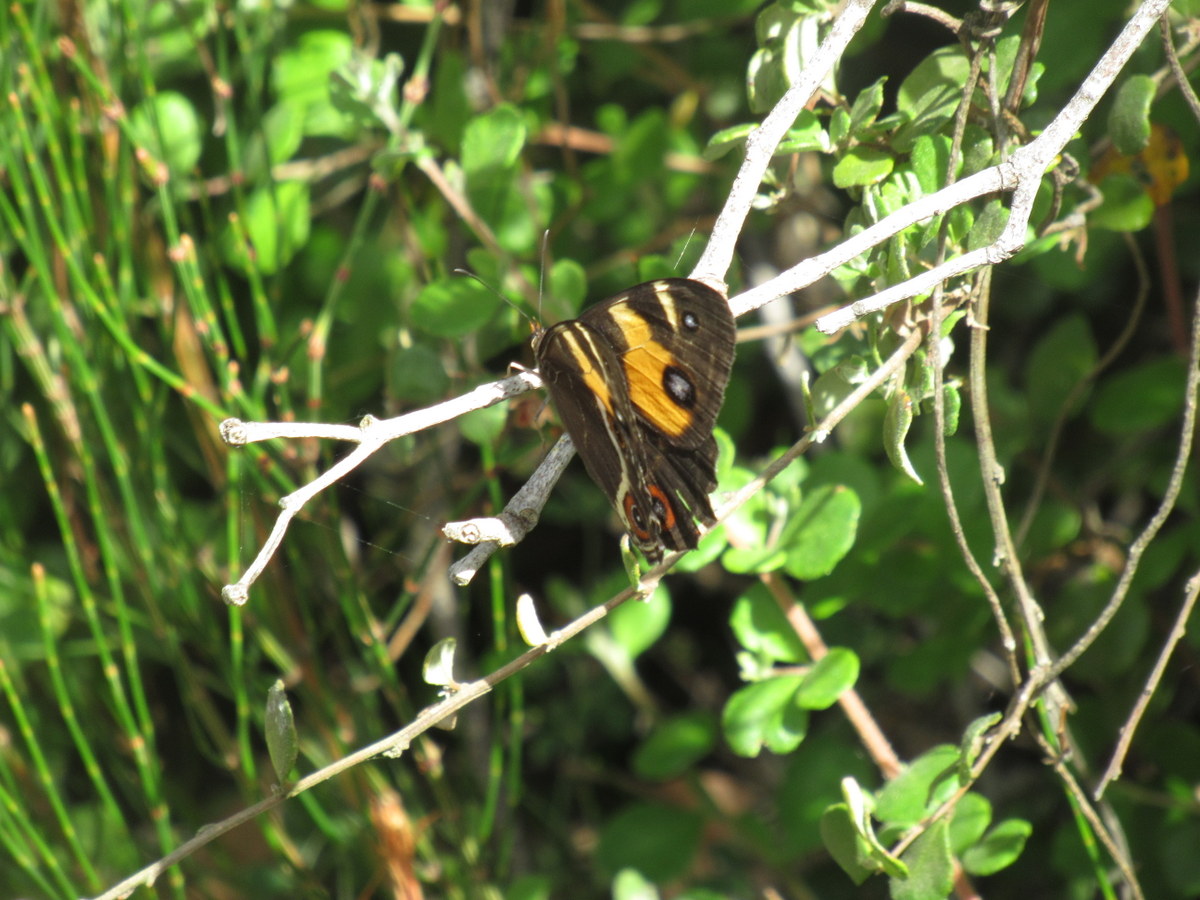
And now, for something completely different
It’s a damselfly! (no, not a dragonfly - apparently you’re supposed to look at how they hold their wings).

Ducks in hiding
Have a look at this picture:
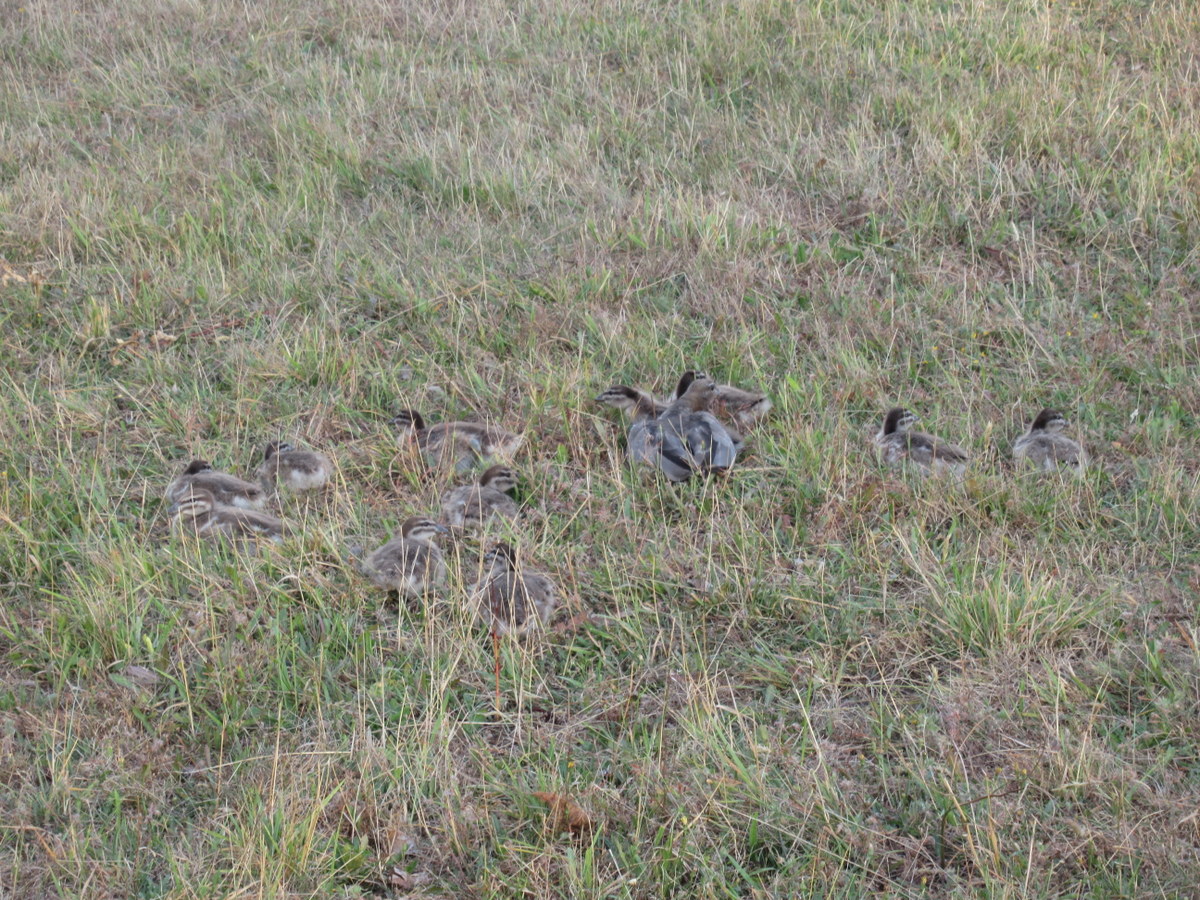
With a bit of zoom it becomes fairly clear that it’s a duck surrounded by many ducklings - but it wasn’t so clear in real life. From a distance, it looked like a random collection of rocks in the grass. It was easy for the eye to just slide over them.
Once I noticed them, I was fairly sure they weren’t rocks. But they stayed perfectly still, and so I was still second-guessing myself up to the moment they decided I was too close and all ran across to the fence.
An early Valentine
In the Dandenong Ranges I’ve seen (and heard!) quite a few lyrebirds singing over the years. I enjoy it a lot (even if I might not be the target audience 😉). But I’ve never seen anything like the display I saw at my local botanical gardens a few weeks ago. The enterprising bird was running an elaborate courtship, two full weeks before Valentine’s Day.
When I first heard the calls, they were coming from under a tree, surrounded by fairly dense foliage. I couldn’t see the singer, but there were a couple of (I assumed) females scratching about near the tree. Not looking too interested, you understand, but definitely not going away either.
Eventually, I found a position with a better view, and by that point there was another lyrebird under the tree listening. I may have seeen and heard lyrebirds singing before, but I don’t think I’ve ever seen one actually singing to its target. And this one was certainly pretty active as a result.
Sometimes it was chirping for minutes at a time, mere inches from her face. Sometimes it was dashing round and round the tree, leaping into the branches and then off again, all the while keeping up the chorus. Sometimes it was pulling its tail feathers over its head, swaying and shaking them in a very significant manner:
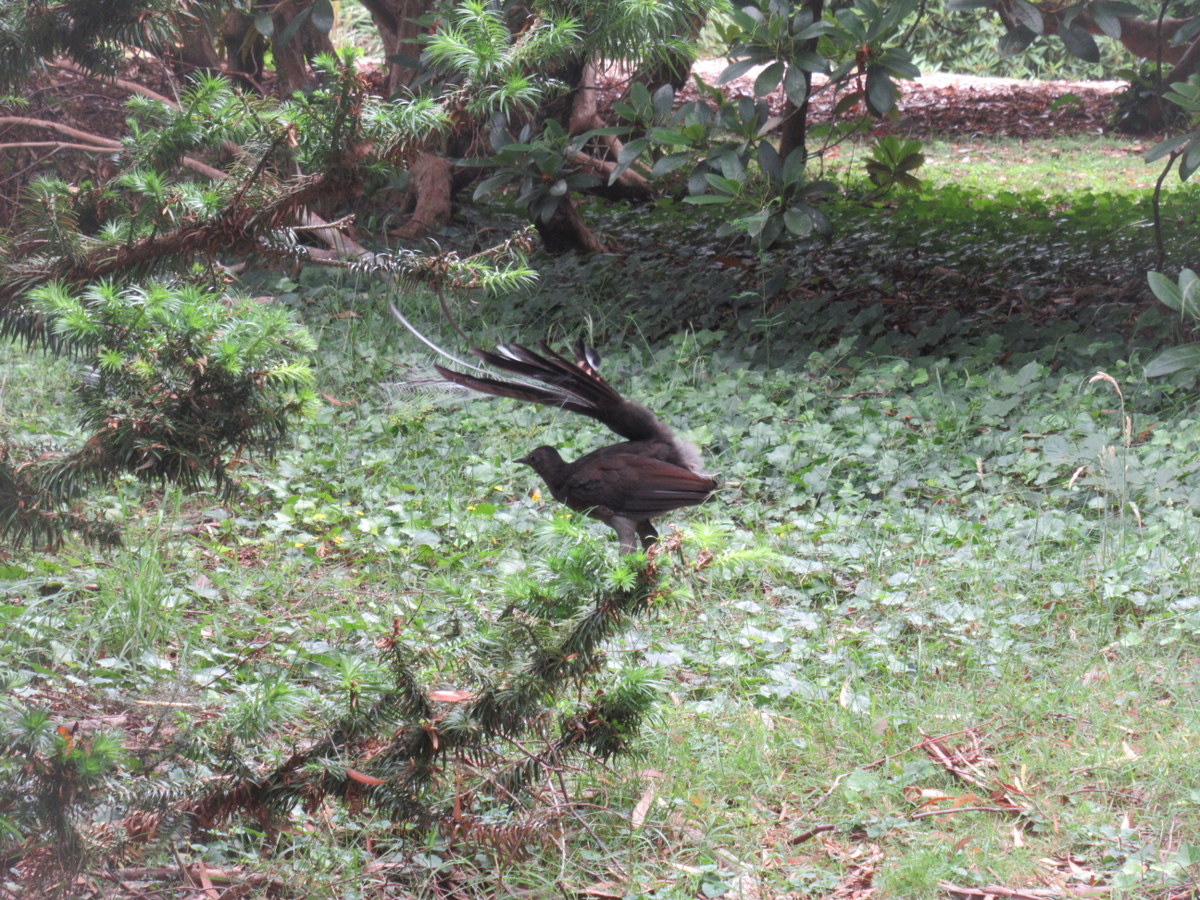
And through all that the other bird just stood still watching it all.
Of course, one of the hazards of cavorting in a public garden is that you can’t control how bystanders will react. In this case, the seduction was broken up by a toddler, who watched wide eyed for about five seconds, then predictably ran toward the singer, unsteadily but enthusiastically in the way only toddlers can. No concept of personal space or thought that maybe, just maybe, surprising a wild bird is a bad idea.
Perhaps the singer was working to a crescendo, perhaps not, but it had to quickly suspend its dance moves and beat an undignified retreat. (though at least the other lyrebird left with it…). I have no idea whether ultimately the singer got the girl, but in my book there were definite points for effort.
I presume that the toddler wouldn’t have been so confident running towards, say, a human couple kissing. Probably they just liked the idea of a cool new bird that was making interesting sounds - but was still smaller than them and so was safe. But be warned: should you ever be in a similar situation, no amount of fancy tail feather waving is a substitute for finding somewhere more private to pursue your seduction.
In art
It wasn’t just real life instances of birds and bees. I also saw a few murals that I wanted to share:
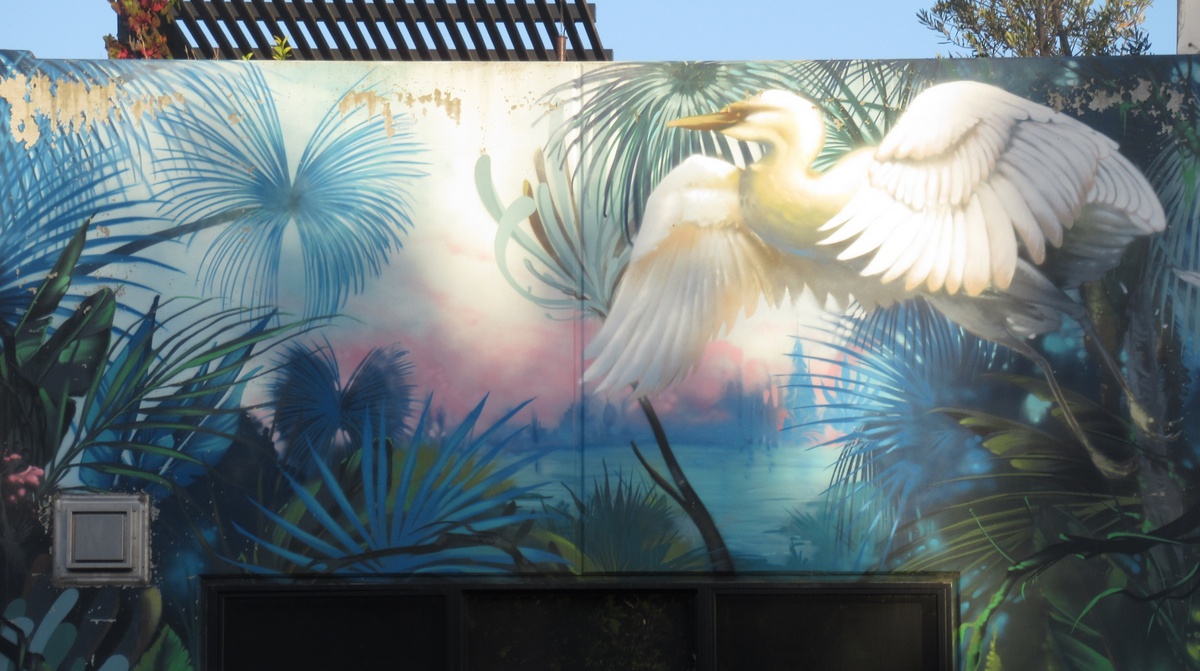
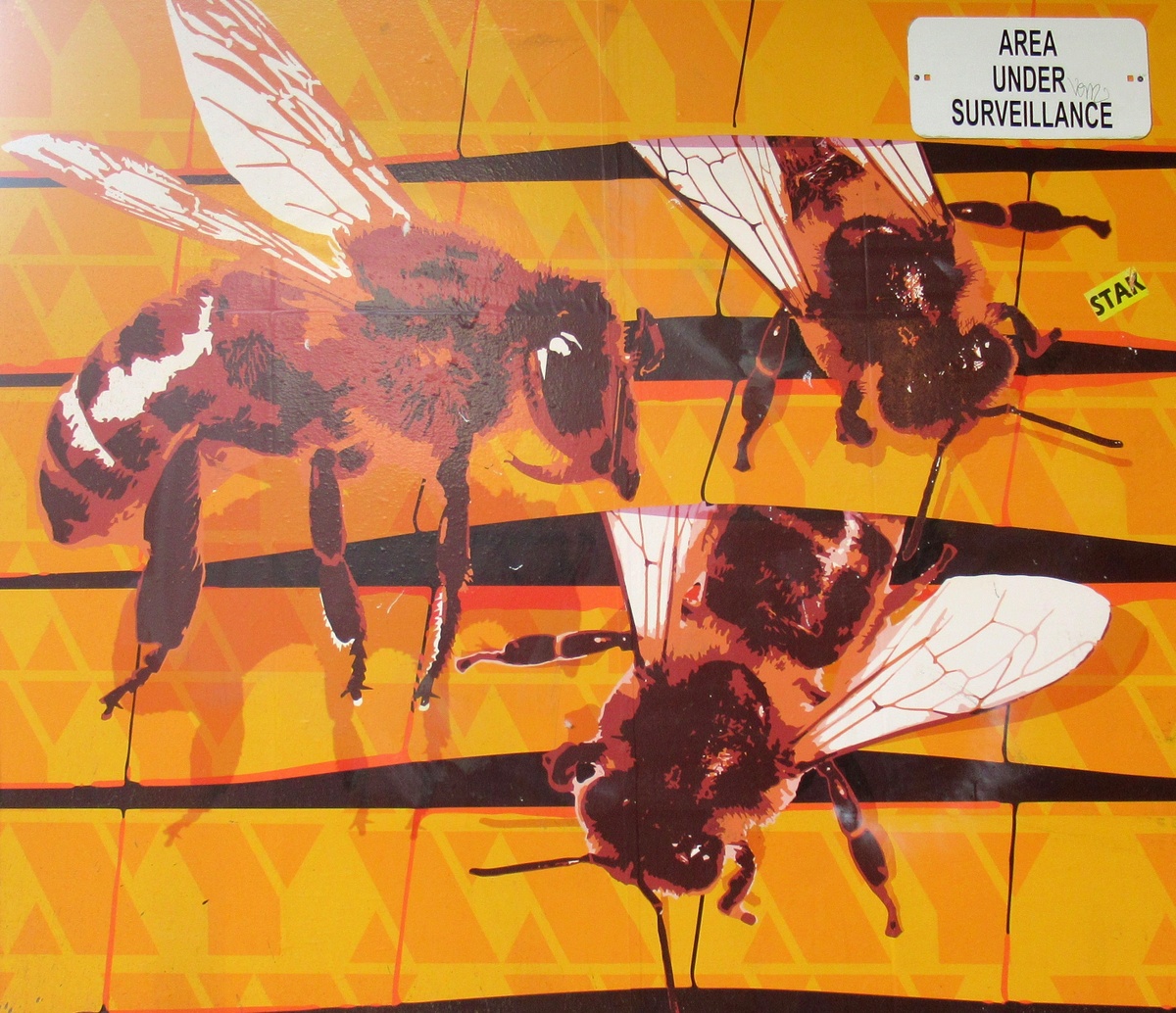
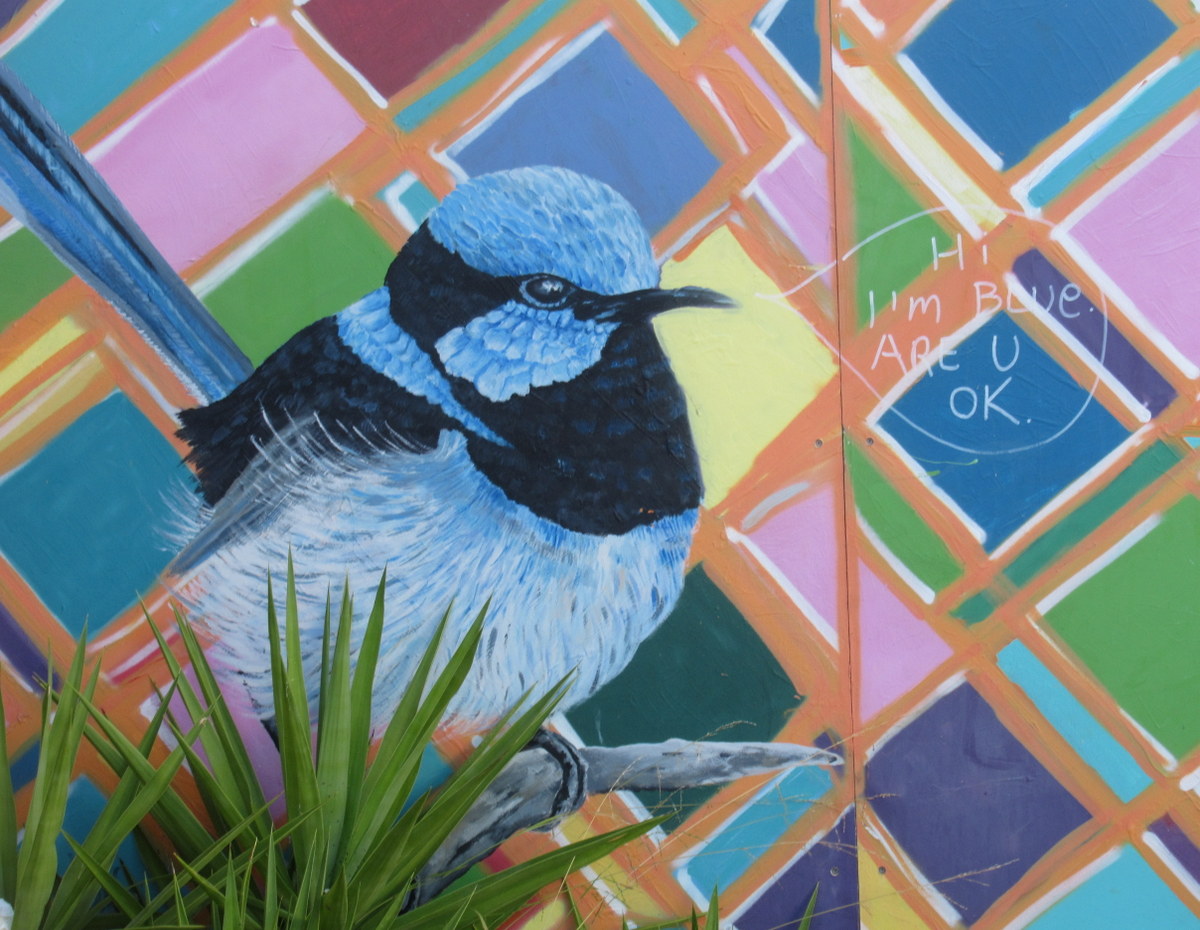
One final art-work
At the start of January, I saw a particularly beautiful mural, which also turns out to be relevant to Valentine’s Day:
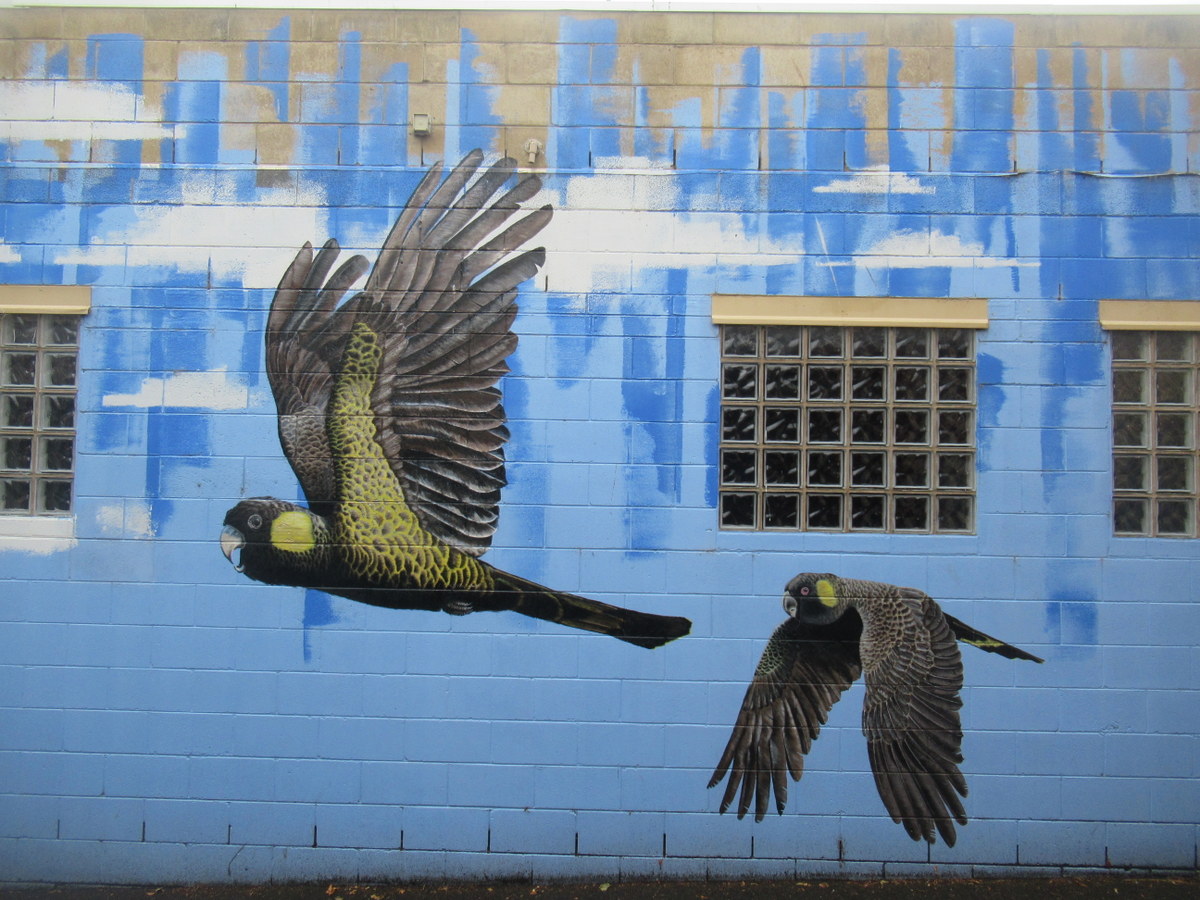
By artist Jimmi Buscombe, it’s titled “In spirit”:
“I will follow you across this lifetime and into the next”
Yellow Tailed Black Cockatoos mate for life, which can be over 50 years, and they will care for each other well into their old age, even after they can no longer reproduce.
The male black cockatoo will often dance to impress his mate and fluff up his crest. He will also bring her food gifts, sing to her and preen her feathers to show his affection during the autumn breeding season.
Happy no-longer-Valentine’s-Day to anyone who celebrates it. Let your imagination take wings and lead you into colourful adventures (photos optional!)